
Tiefling
Who is a Tiefling? What does a Tiefling look like? Is a Tiefling a demon or devil? Why is it called Tiefling? What colors can a Tiefling be? Can Tiefling have normal eyes? The Legend of Kaelith the Vengeful Flame The Parable of Aeloria the Resolute The Shattered Veil Read also:
Relatives of TieflingAppearance of Tiefling
Who is a Tiefling?
They are the descendants of humans who made a pact with devils or other fiends, and inherited some of their infernal traits.
Tieflings have horns, tails, pointed teeth, and eyes of solid colors.
They are often mistrusted and discriminated by other races, and have to rely on their own cunning and charisma to survive.
Tieflings can be found in various settings and worlds, such as the Planescape and the Forgotten Realms.
Here are some facts for you:
Tieflings are not evil by nature, but their appearance and heritage make them prone to temptation and corruption.
Some tieflings embrace their dark legacy, while others strive to overcome it and prove themselves as heroes.Tieflings have a variety of abilities and features depending on their subrace and ancestry.
Some common traits include resistance to fire, darkvision, and a knack for magic.Tieflings are often drawn to adventure and exploration, seeking to carve their own destiny and escape the stigma of their bloodline.
They can be found in any profession or role, from rogues and warlocks to paladins and bards.
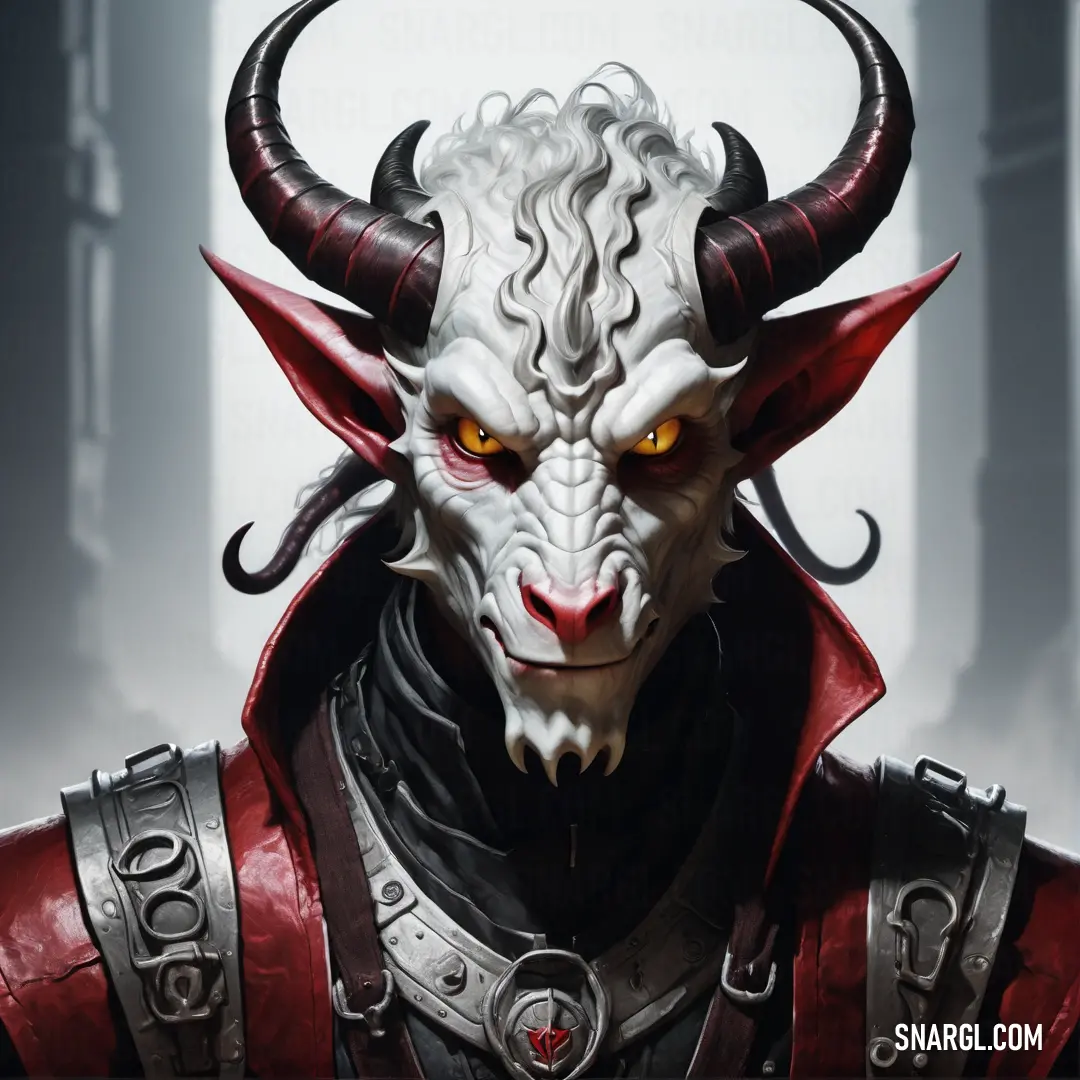
Click to see these colors in NCS, PANTONE, RAL palettes...
What does a Tiefling look like?
A human and a fiend in a twisted embrace.
Their features are a sign of their tainted lineage,
A mark of their infernal or abyssal race.
Some have horns that curl or spike from their head,
Tails that lash or coil at their feet.
Teeth that are sharp and pointed like a blade,
Eyes that are solid and devoid of deceit.
But not all tieflings are evil or vile,
Some have hearts that are noble and pure.
They may face prejudice and hatred with a smile,
Seek redemption and a life that is secure.
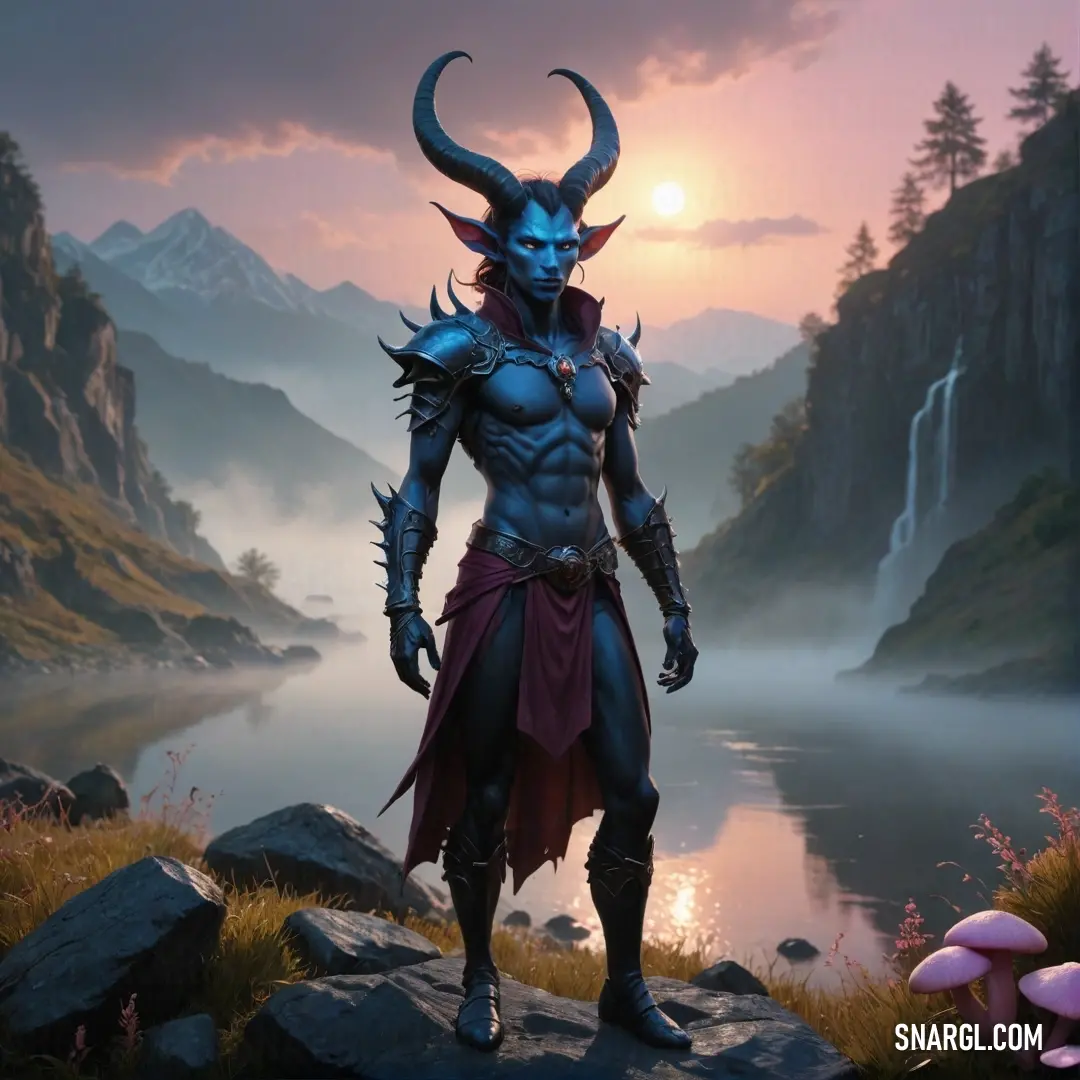
Click to see these colors in NCS, PANTONE, RAL palettes...
Is a Tiefling a demon or devil?
Tieflings are a type of planetouched, which are humanoids who have been altered by the influence of other planes of existence.
Tieflings can trace their origins to various sources of fiendish power, such as demons, devils, evil deities, or other malevolent entities.
However, unlike half-fiends, who are the direct offspring of a fiend and a humanoid, tieflings have a more distant and diluted connection to their infernal heritage.
Tieflings often have physical traits that reflect their fiendish ancestry, such as horns, tails, pointed teeth, or unusual eye colors.
They also have some innate magical abilities, such as darkvision, resistance to fire, and the ability to cast spells like thaumaturgy, hellish rebuke, and darkness.
Tieflings are not inherently evil, but they often face prejudice and mistrust from other races, who see them as tainted or cursed.
Tieflings have a reputation for being cunning and charismatic, but also deceptive and self-reliant.
Some tieflings embrace their fiendish nature and seek to further the goals of their ancestors, while others reject their dark legacy and strive to prove themselves as good and honorable individuals.
Tieflings are a diverse and adaptable race, who can be found in many different cultures and settings.
They are especially common in the Planescape setting, where they originated, and the Forgotten Realms setting, where they are associated with the ancient empire of Bael Turath.
Tieflings are also one of the core races available for player characters in the fourth and fifth editions of Dungeons & Dragons.
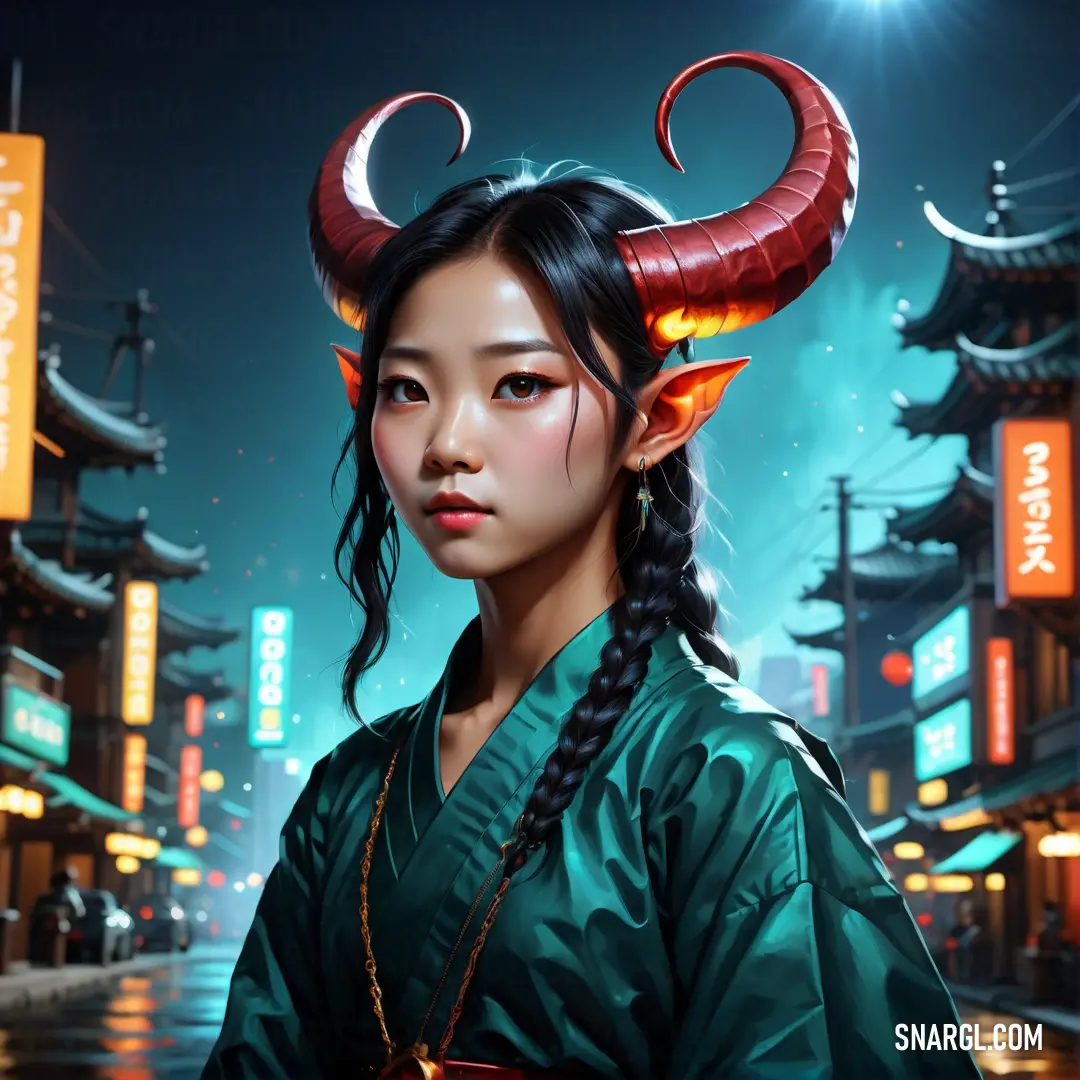
Click to see these colors in NCS, PANTONE, RAL palettes...
Why is it called Tiefling?
The name was coined by Wolfgang Baur for the second edition of Advanced Dungeons & Dragons, where tieflings were introduced as a race of humanoids with fiendish ancestry.
The name implies that tieflings are descended from creatures of the lower planes, such as demons, devils, and evil deities.
Tieflings have different origins in different editions of Dungeons & Dragons.
In the second and third editions, tieflings were the result of a distant fiendish influence in their family tree, not necessarily a direct parentage.
In the fourth and fifth editions, tieflings were the descendants of humans who made a pact with devils for power and were cursed with infernal blood.
Tieflings also have variations based on interbreeding with other races, such as fey'ri, tanarukk, maeluth, wisplings, mur-zhagul, and baphitaur.
Tieflings are known for their cunning, personal allure, and fiendish traits, such as horns, tails, pointed teeth, and darkvision.
They are often discriminated against and mistrusted by other races, due to their evil heritage and appearance.
However, tieflings are not inherently evil and can choose their own alignment and destiny.
Some tieflings embrace their infernal legacy, while others try to overcome it or hide it.
Tieflings are a diverse and adaptable race, with many subraces and cultures.
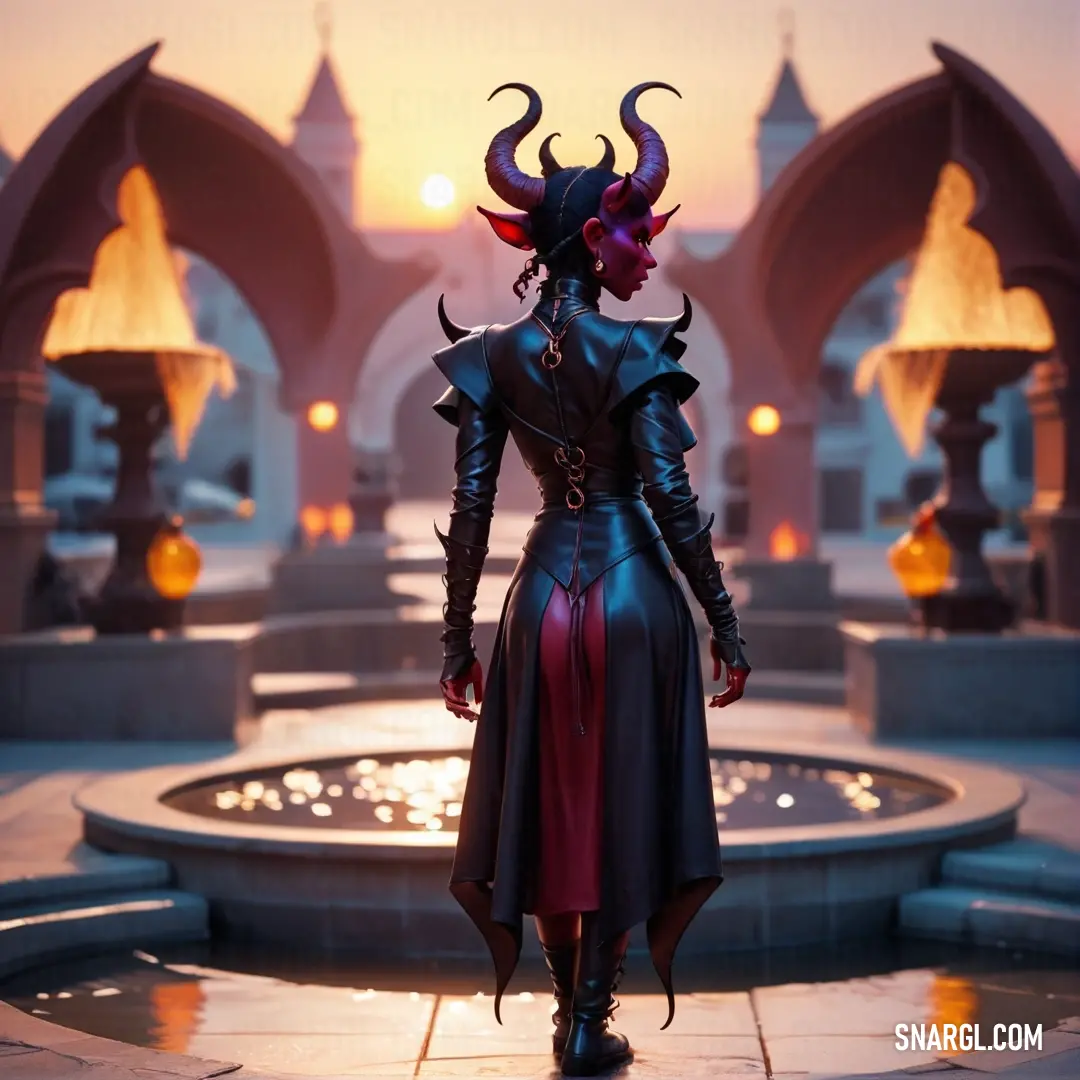
Click to see these colors in NCS, PANTONE, RAL palettes...
What colors can a Tiefling be?
One of these traits is the skin color, which can vary from standard human shades to more exotic hues.
The most common skin colors for tieflings are:
Humanoid shades: These are the skin tones that tieflings inherit from their human parents, such as white, black, brown, tan, etc.
Tieflings with humanoid skin colors may blend in more easily with other humans, but they may also face discrimination from those who fear their infernal bloodline.Reds: These are the skin tones that reflect the tiefling's connection to the Nine Hells, the realm of devils.
Reds can range from pale pink to deep crimson, and may indicate a strong or dominant infernal legacy.
Tieflings with red skin may be more prone to anger, passion, or ambition, but they may also have a sense of honor or loyalty.Purples: These are the skin tones that are often seen in tiefling art, especially in the Fifth Edition of Dungeons & Dragons.
Purples can vary from lavender to violet, and may suggest a more exotic or mysterious infernal heritage.
Tieflings with purple skin may be more charismatic, creative, or adventurous, but they may also have a darker or secretive side.
Blues: These are the skin tones that are associated with night hags, a type of fiend that can breed with humans and produce tiefling offspring.
Blues can range from sky blue to navy blue, and may indicate a more cunning or deceptive infernal lineage.
Tieflings with blue skin may be more intelligent, manipulative, or resourceful, but they may also have a cruel or sadistic streak.Greens: These are the skin tones that are mentioned in some older editions of Dungeons & Dragons, but not in the current one.
Greens can vary from olive to emerald, and may imply a more natural or primal infernal ancestry.
Tieflings with green skin may be more attuned to nature, magic, or life, but they may also have a wild or chaotic temperament.
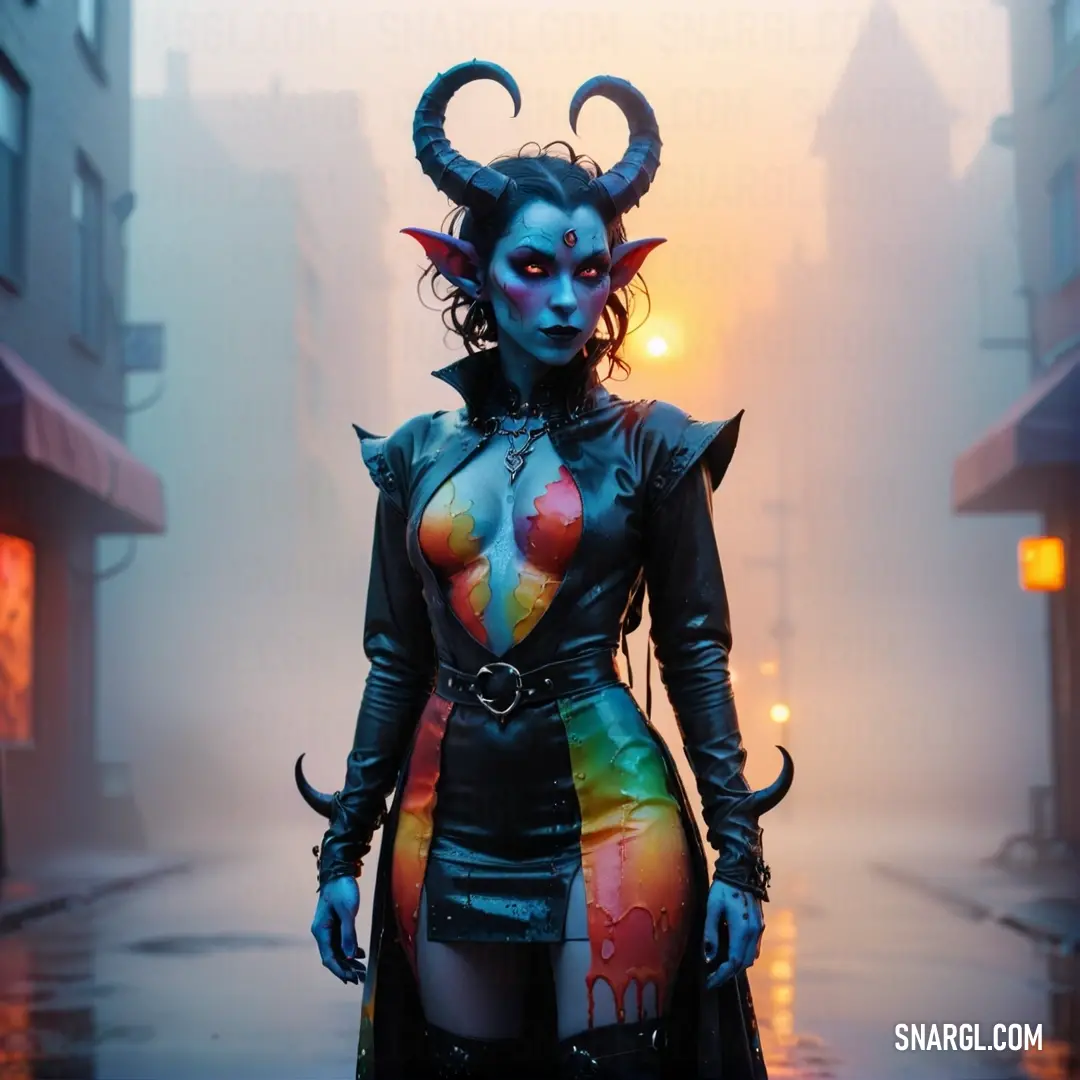
Click to see these colors in NCS, PANTONE, RAL palettes...
Can Tiefling have normal eyes?
Tieflings are often discriminated against and mistrusted by other races, due to their infernal heritage and the stereotypes associated with them.
However, this is not a universal trait, and some tieflings may have eyes that are more similar to those of humans, with different colors, sclera, and pupils.
This may depend on the specific bloodline of the tiefling, the influence of other races in their ancestry, or simply individual variation.
In older editions of D&D, tieflings had a lot more diversity in their appearance, and some of them had more subtle features, such as mismatched eyes, an odd odor, or no shadow.
Therefore, the answer to the question of whether tieflings can have normal eyes is yes, but it is not very common.
Most tieflings have eyes that reflect their fiendish origin, and those who have normal eyes may face even more suspicion and prejudice from others, who may see them as trying to hide their true nature.
Tieflings who have normal eyes may also struggle with their own identity, as they may feel less connected to their heritage or more alienated from their kin.
However, some tieflings may embrace their normal eyes as a sign of their uniqueness and individuality, and use them to their advantage in social situations.

Click to see these colors in NCS, PANTONE, RAL palettes...
The Legend of Kaelith the Vengeful Flame
Kaelith's early years were spent in the bustling town of Pyrefell, a place where humans and Tieflings coexisted in uneasy harmony. He was known for his quick wit and cleverness, but also for the deep-seated anger that simmered within him. This anger was a legacy passed down through generations, a response to the torment his kind faced. Many in Pyrefell whispered of the darkness that lingered in Kaelith's heart, warning him to keep it at bay.
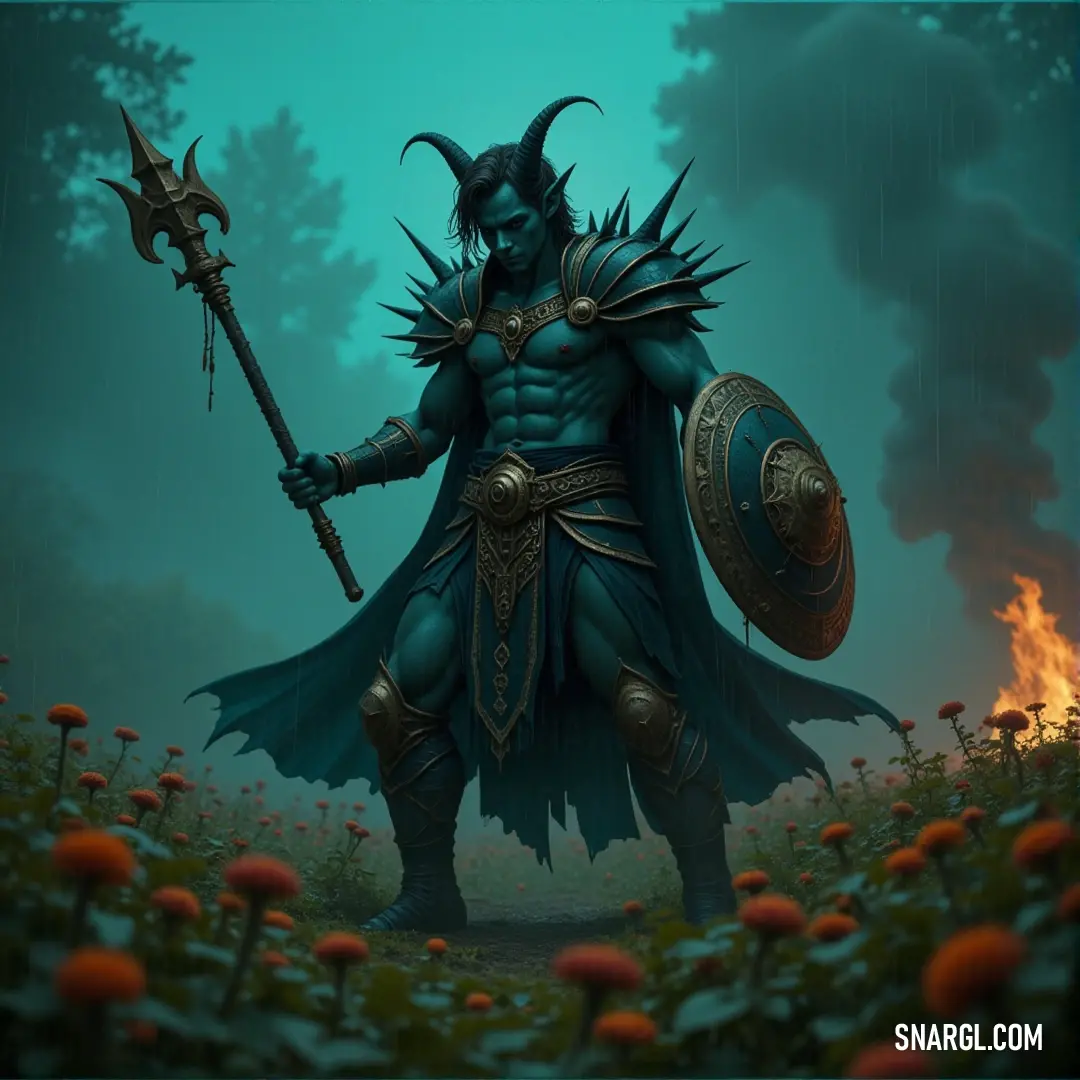
One fateful night, the tranquility of Pyrefell shattered. A band of mercenaries, led by a cruel warlock named Valthor, descended upon the town. Valthor sought to exploit the Tieflings, capturing them to fuel his dark rituals. The townsfolk rallied to defend their home, but their courage was no match for Valthor's malevolent power. Buildings burned, and screams filled the air as chaos enveloped Pyrefell. In the frenzy, Kaelith fought valiantly, but his efforts were in vain. Valthor's magic was too strong, and he fell amidst the flames, watching as his friends and family were taken from him.
When Kaelith awoke, he was alone, the town reduced to smoldering ashes. His heart, once full of hope, now pulsed with a vengeful fire. In the depths of despair, Kaelith discovered an ancient relic hidden beneath the ruins: the Heart of Ember. This legendary gem pulsed with a heat that resonated with his own rage and sorrow. As he grasped it, visions of his ancestors flashed before him - Tieflings who had faced injustice, who had fought back against their oppressors. Fueled by their spirits, Kaelith made a vow: he would hunt down Valthor and exact his revenge.
With the Heart of Ember as his guide, Kaelith embarked on a treacherous journey across Eldrath. He traversed perilous landscapes, from the Ashen Wastes to the Frozen Tundra, gathering allies along the way. A fierce elven ranger named Lysandra, with her unmatched archery skills; a brooding dwarven warrior named Grom, whose strength was legendary; and a mysterious sorceress, Elara, who wielded elemental magic. Together, they formed a band of unlikely heroes, united by Kaelith's burning desire for vengeance.
As they traveled, Kaelith harnessed the power of the Heart of Ember, transforming it into an arsenal of abilities. Flames danced at his fingertips, and he could summon torrents of fire to engulf his enemies. Yet, with each use, he felt the ancient relic's pull towards darkness, urging him to embrace his rage fully. Kaelith struggled to balance his thirst for revenge with the flickering remnants of compassion that remained in his heart.
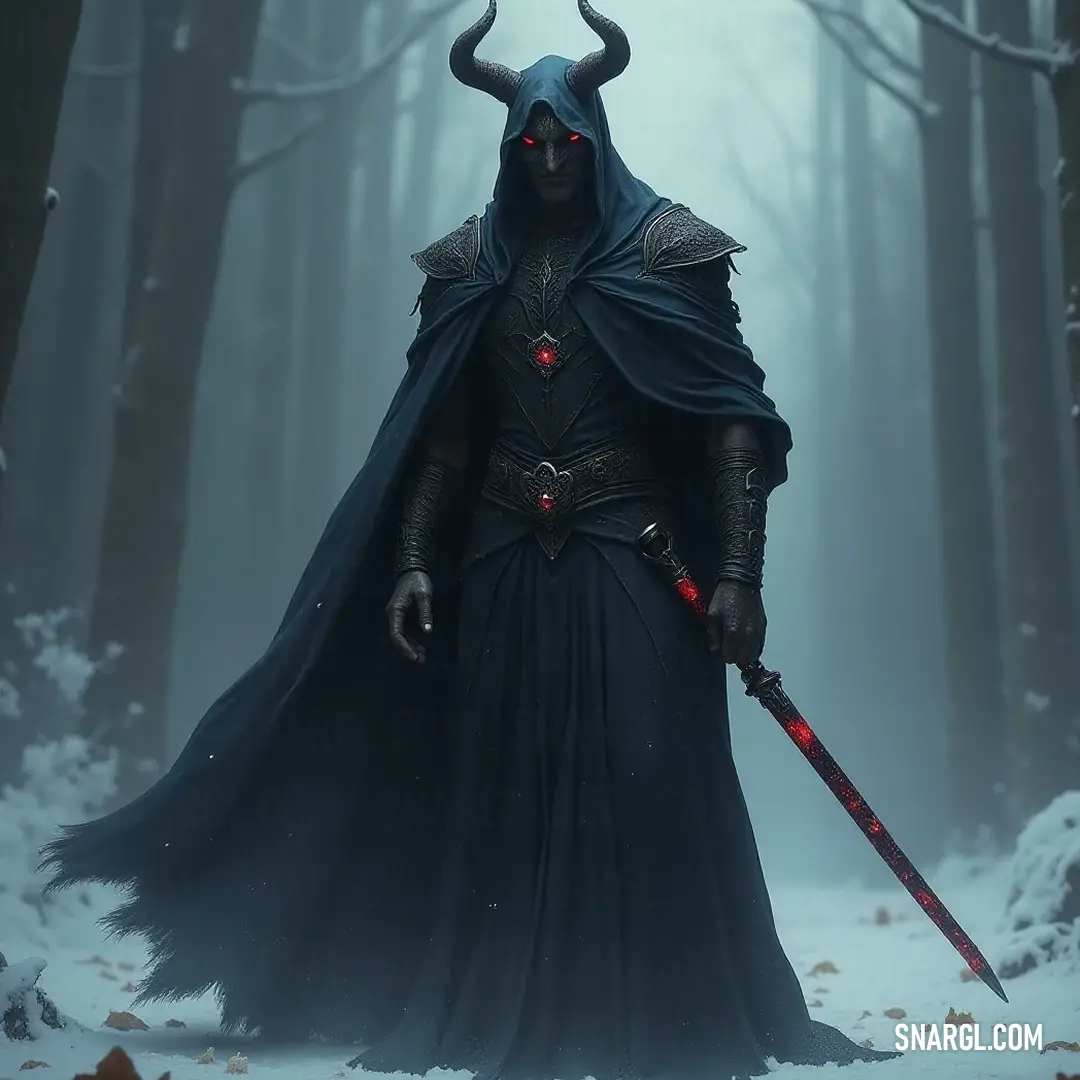
The final confrontation came at the Fortress of Shadows, Valthor's lair, cloaked in despair and steeped in the remnants of his dark sorcery. As Kaelith and his allies breached the fortress, they faced relentless waves of twisted creatures born from Valthor's dark magic. With each battle, Kaelith felt the influence of the Heart of Ember intensifying, promising him unmatched power if he would only give in to his wrath.
At the apex of the fortress, they found Valthor, seated on a throne of bone, his eyes glinting with malevolence. "You think you can defeat me, little Tiefling?" he sneered, unleashing a torrent of dark energy. The clash that ensued was cataclysmic. Kaelith, now a conduit of flame and fury, fought with unmatched intensity, his allies at his side.
As the battle raged, Kaelith faced a choice: to unleash the full power of the Heart of Ember and risk losing himself to darkness or to confront Valthor with the strength of his convictions. In that critical moment, he remembered the faces of his lost friends and family, the love they had shown him, and the strength that came from unity rather than vengeance. With a roar, Kaelith channeled the Heart's energy not as a weapon of destruction, but as a barrier of protection for his friends.

The flames enveloped him, and with a surge of light, he struck Valthor down, shattering the warlock's dark reign. As Valthor fell, the fortress began to crumble, the darkness that had long plagued Eldrath lifting with his defeat. Kaelith stood victorious but weary, having learned that true strength lay not in revenge but in the bonds forged through love and friendship.
With the ashes of the past behind him, Kaelith vowed to rebuild Pyrefell, not as a place of hatred, but as a sanctuary for all who sought refuge from tyranny. His legend spread across the realms, not as a tale of vengeance, but as a story of redemption, proving that even the most vengeful flame could be tempered by the warmth of unity and hope.
Thus, Kaelith the Vengeful Flame became a beacon of light in a world often shrouded in darkness, a reminder that even the fiercest fire could burn bright with purpose, not destruction.

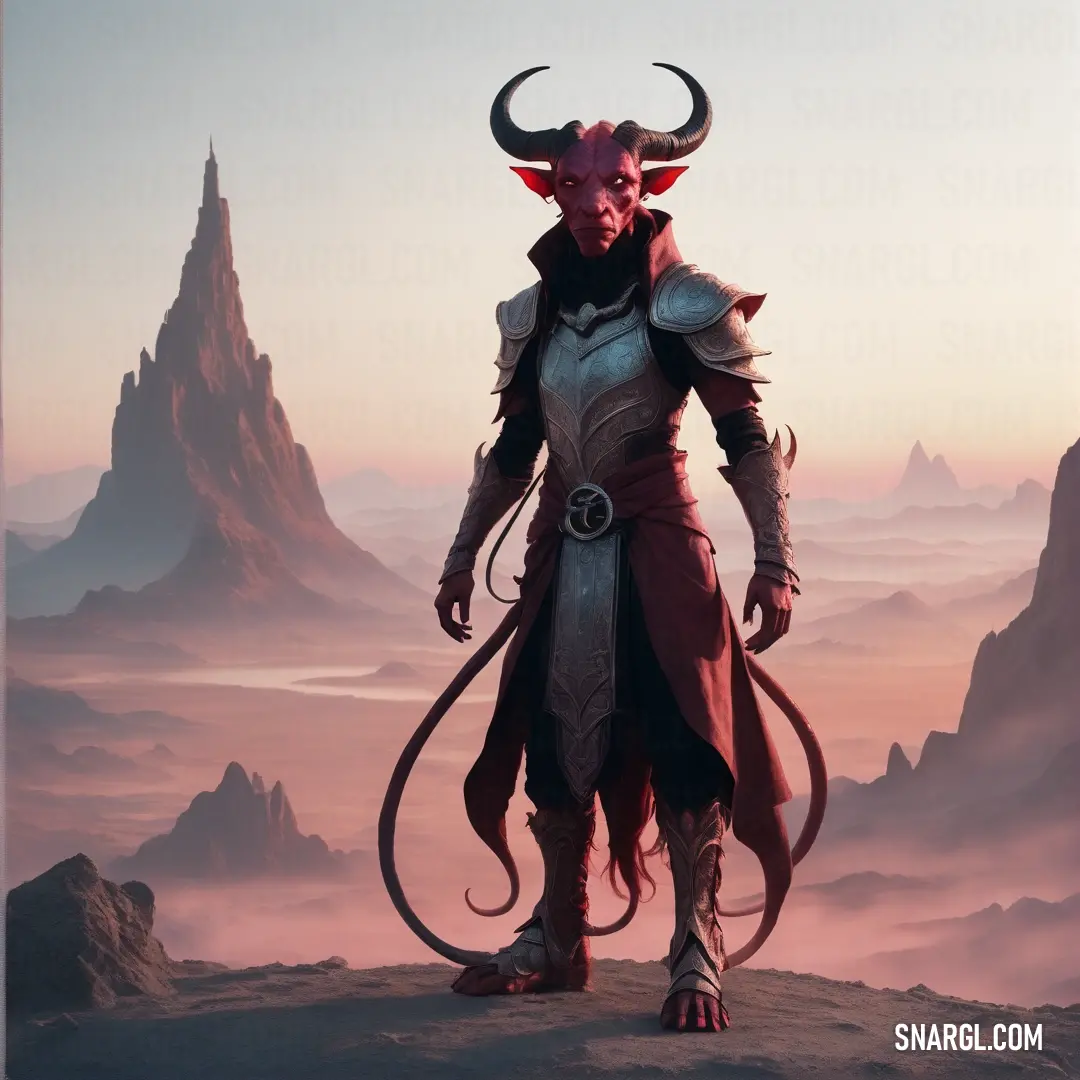
The Parable of Aeloria the Resolute
Aeloria's story began in a quiet village nestled at the edge of the Everdeep Forest. Here, she lived among a band of loyal companions: Elara, a human sorceress; Thorne, a burly dwarf warrior; and Sylas, a cunning half-elf rogue. They were more than friends - they were a family bound by a shared destiny. Together, they sought to bring light to the shadowed corners of the world, healing lands scarred by dark magic and vanquishing evils that lurked in the night.
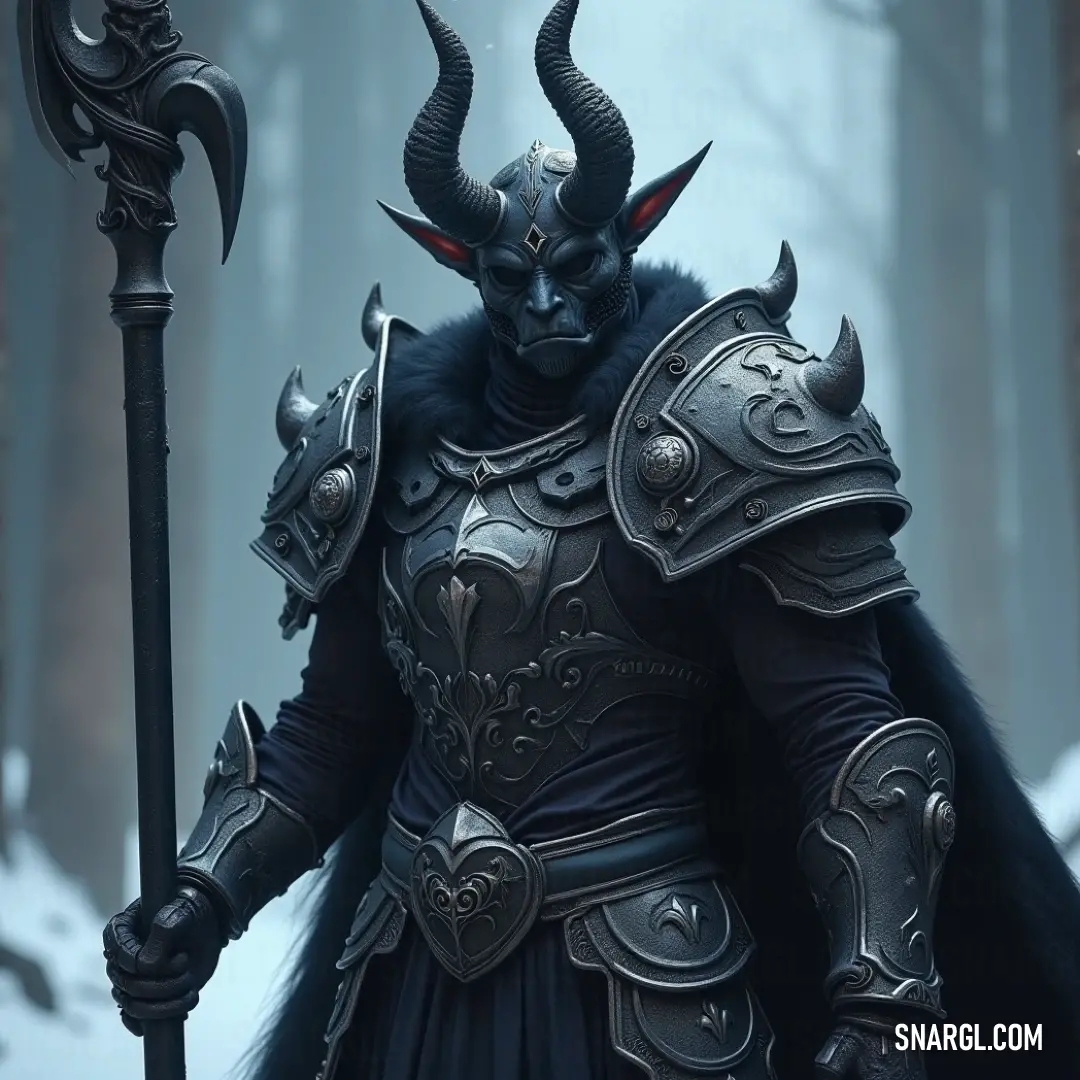
But peace, like the light of dawn, is fleeting. One day, a dark sorcerer named Malakar descended upon their village. Driven by envy and a hunger for vengeance, Malakar razed the village to the ground, leaving only ashes in his wake. Aeloria's friends were captured, bound by chains of darkness, and taken to the sorcerer's fortress - a grim stronghold perched on a desolate hill, known as the Obsidian Keep.
Aeloria, heartbroken but resolute, swore to free her friends. She ventured alone into the wild, seeking the counsel of the ancient beings who dwelled in the depths of the Everdeep. There, she encountered the Fae Queen, a being of unparalleled wisdom and grace. The Fae Queen, seeing the fire in Aeloria's eyes, gifted her with a pendant of radiant light and a single piece of ancient lore: "To forge the path of vengeance, one must balance the scales of justice with the heart of mercy."
Armed with the pendant's light and her unshakable resolve, Aeloria set out for the Obsidian Keep. The journey was perilous. She navigated treacherous swamps, crossed mountains of ice, and braved forests where shadows whispered threats. Yet, her spirit remained unbroken, guided by the thought of her friends and the promise she had made.
Upon reaching the Obsidian Keep, Aeloria was met by Malakar's minions - creatures twisted by dark magic. With the pendant's light, she cut through their ranks, her path illuminated by a purity that dispelled the darkness. As she reached the heart of the fortress, she faced Malakar himself.
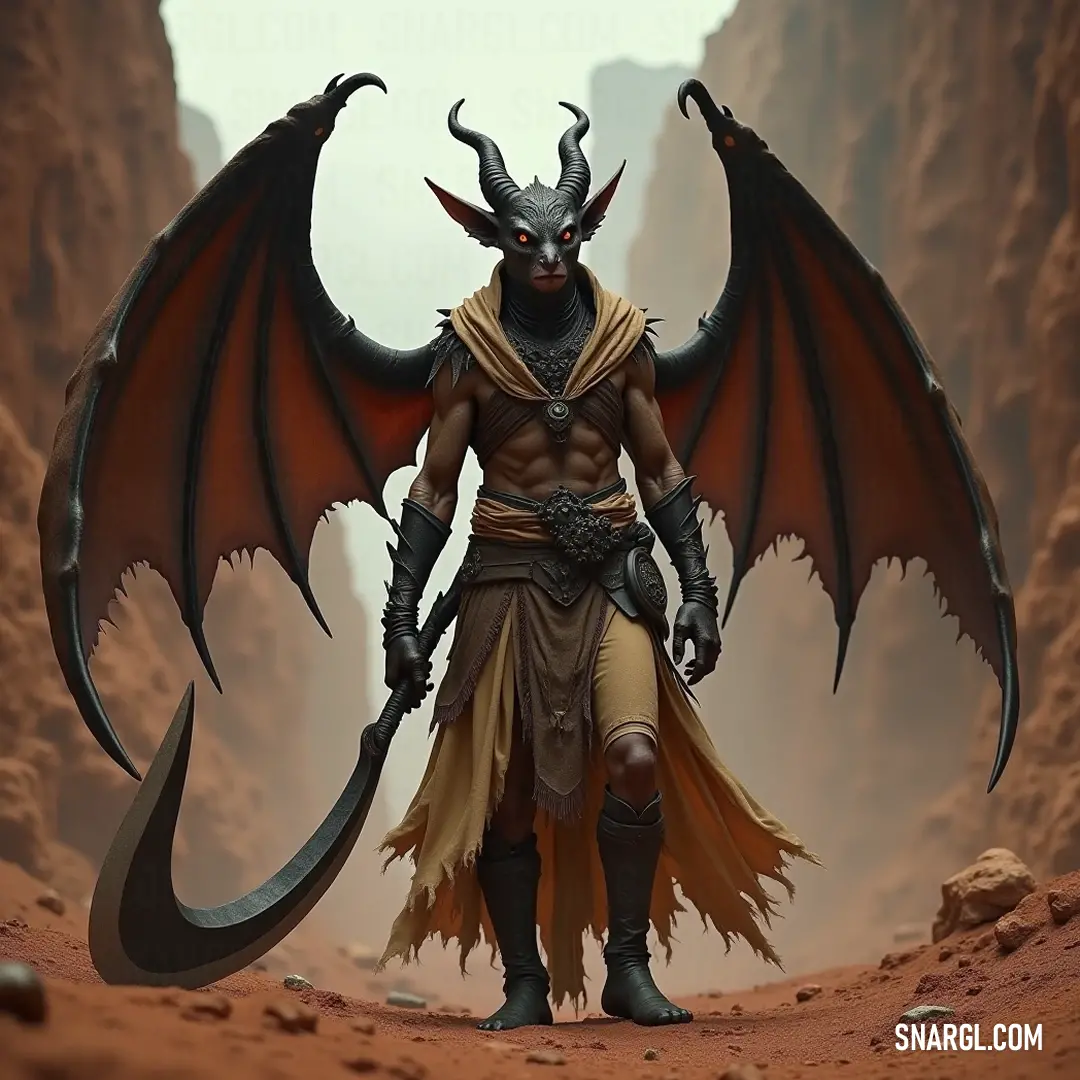
The sorcerer, cloaked in shadows, mocked her. "Do you think your light can pierce the veil of my power?"
Aeloria's response was calm, her voice steady. "It is not the light alone that will defeat you, but the strength of my heart and the justice I seek for my friends."
A fierce battle ensued, the clash of light and shadow shaking the very foundations of the Obsidian Keep. Malakar wielded dark magic, summoning storms of wrath and waves of despair, but Aeloria's determination never wavered. With every strike, she remembered her friends' laughter, their bravery, and their unwavering support.
In a final, climactic moment, Aeloria channeled the pendant's light into a blinding flare that pierced Malakar's defenses. The sorcerer, overwhelmed by the purity of her intent and the justice she sought, fell to his knees. With his defeat, the chains binding her friends shattered, and they were freed from their torment.
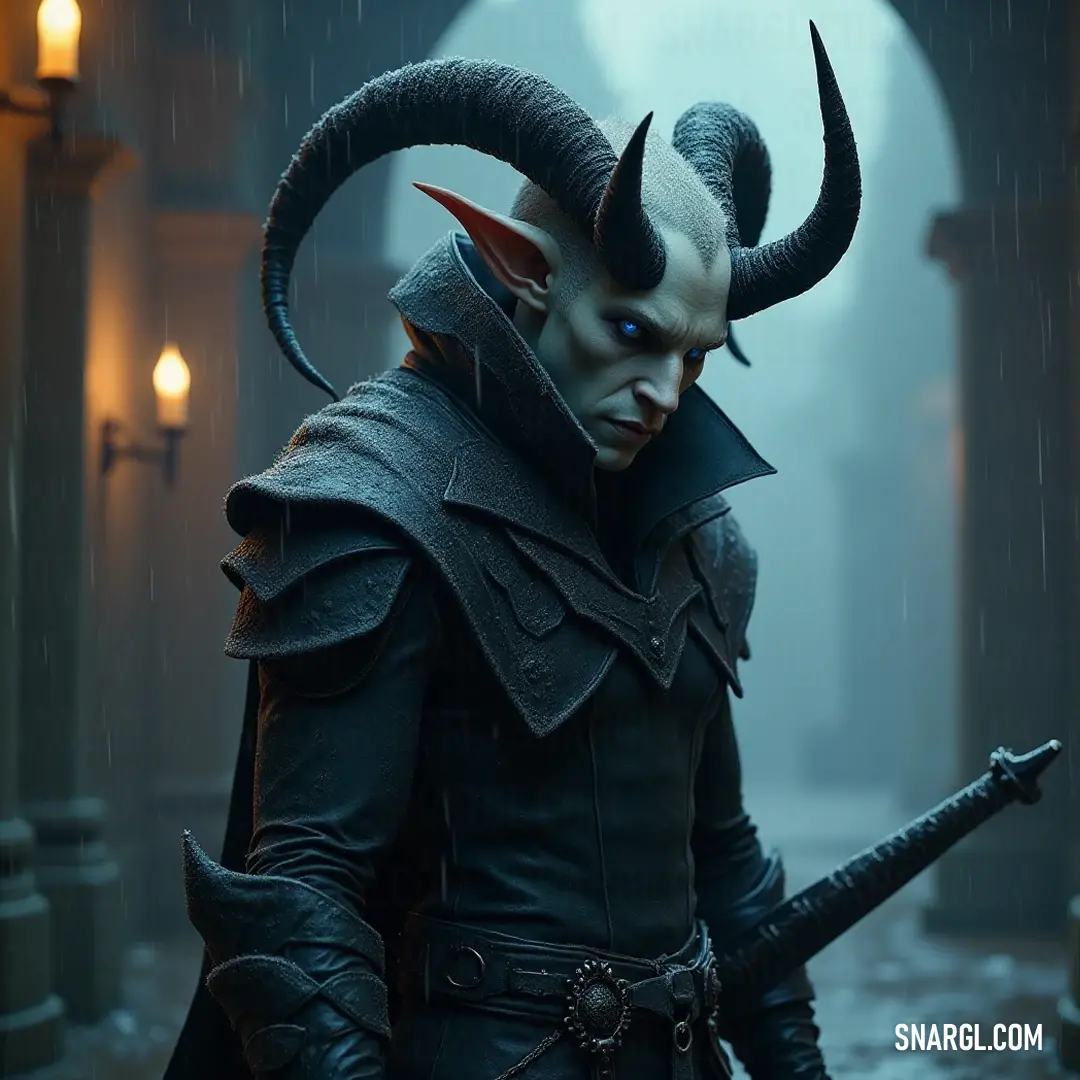
The village was rebuilt, and though scars remained, the bonds forged in their trials became the strongest of all. Aeloria and her friends returned to their quest, their hearts forever touched by the trials they had overcome. They knew that true vengeance was not about retribution alone but about restoring what was lost and ensuring that justice prevailed.
Aeloria's tale became a legend, a parable passed down through the ages. It spoke of the Tiefling who, driven by love and justice, had faced darkness and emerged victorious. It taught that even in the face of overwhelming odds, the strength of one's heart and the purity of one's cause could light the way to victory.
And so, the story of Aeloria the Resolute endures, a beacon of hope and a testament to the enduring power of friendship and justice.

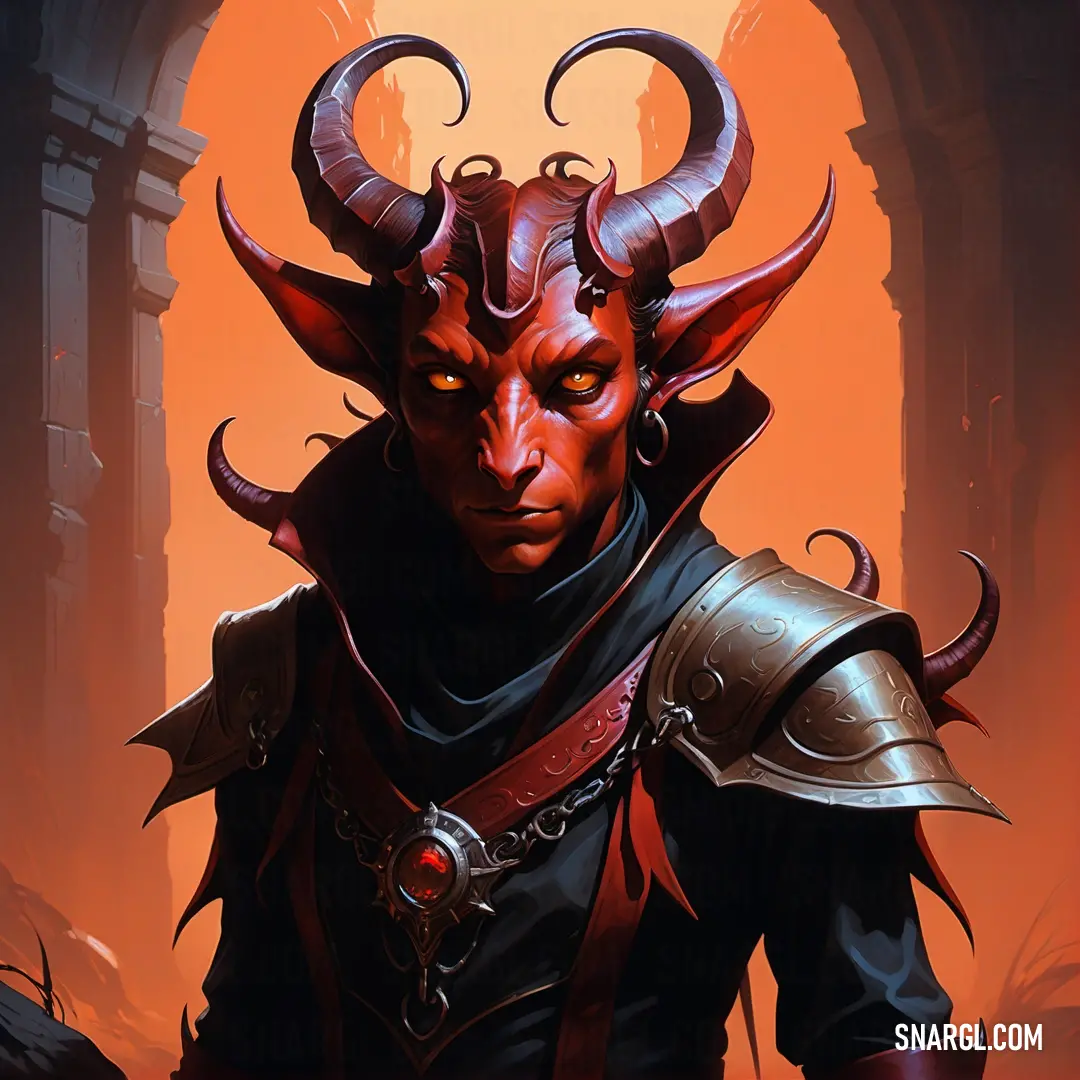
The Shattered Veil
Among these Aeons was Thalindra, the Weaver of the Fates, who spun the threads of existence with a delicate touch. One day, Thalindra glimpsed a vision of a world unlike any other - a world where magic thrived in every breath and life was an intricate tapestry of wonder. Moved by this vision, she resolved to bring it to life.
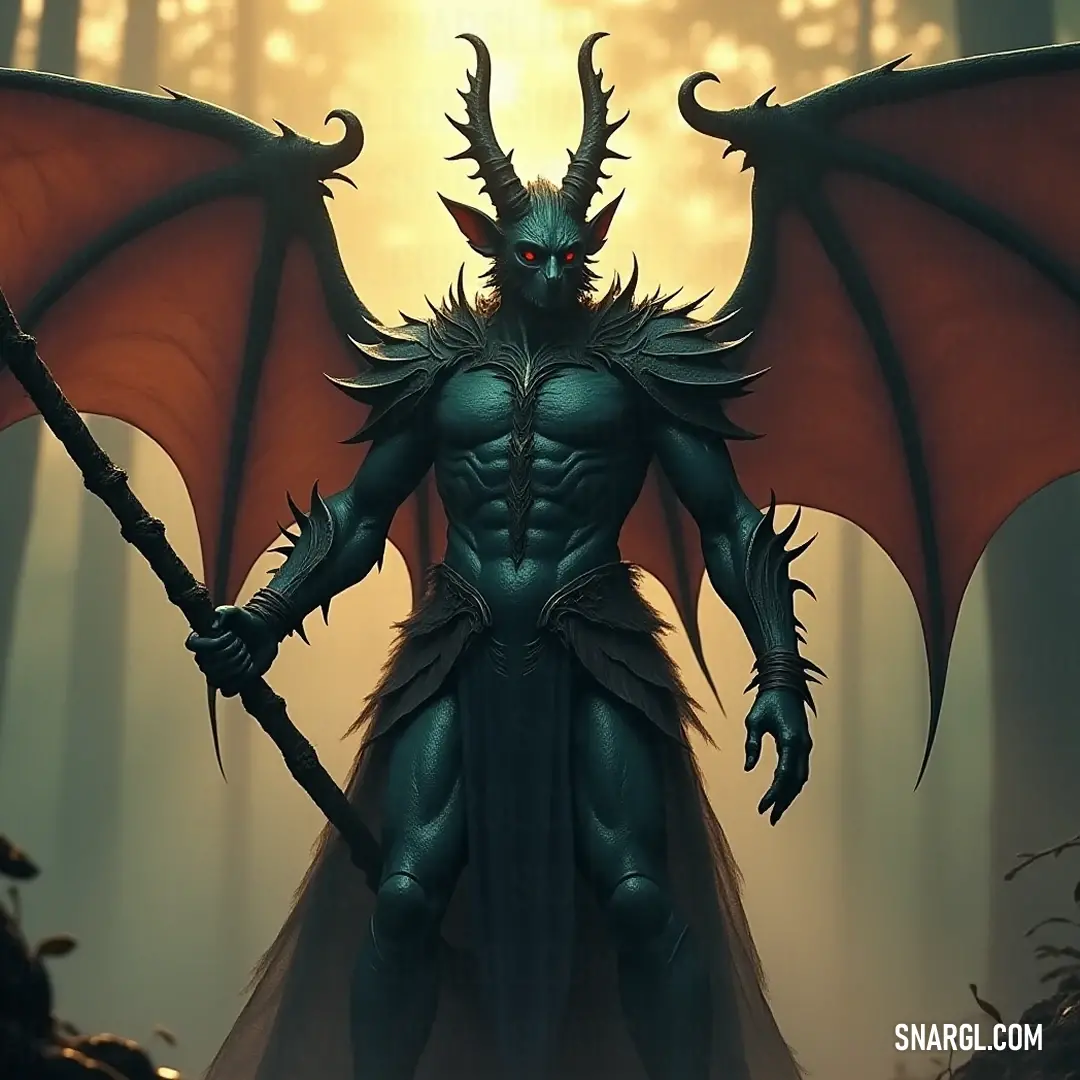
Thalindra's creation took shape as the realm of Elaris, a land of towering spires and lush forests, where magic flowed like rivers. However, she was not the only Aeon intrigued by this new world. Luminor, the Bringer of Light, and Nocturne, the Sovereign of Shadows, were also captivated by Elaris's potential.
As the Aeons crafted Elaris, they began to shape its inhabitants. Thalindra created the Celestials, beings of pure light and grace, while Luminor fashioned the Eternals, whose power came from the sun and stars. Nocturne, ever envious of the light, imbued the darkest corners of Elaris with his essence, giving rise to the Shadowfolk, beings who thrived in the darkness.
A great council was convened to celebrate the birth of Elaris and to establish harmony among its inhabitants. The Celestials and Eternals, basking in their creations, were poised for a peaceful coexistence. But as the council neared its end, Nocturne's machinations began to unfold. His Shadowfolk, though vibrant and cunning, were seen as a threat to the harmony that the others sought to maintain.
Thalindra, sensing the brewing tension, intervened. She suggested a new creation, one that would unite the light and the dark, the celestial and the shadowed. Thus, the Tieflings were born - creatures bearing the grace of the Celestials, the fire of the Eternals, and the enigmatic allure of the Shadowfolk.
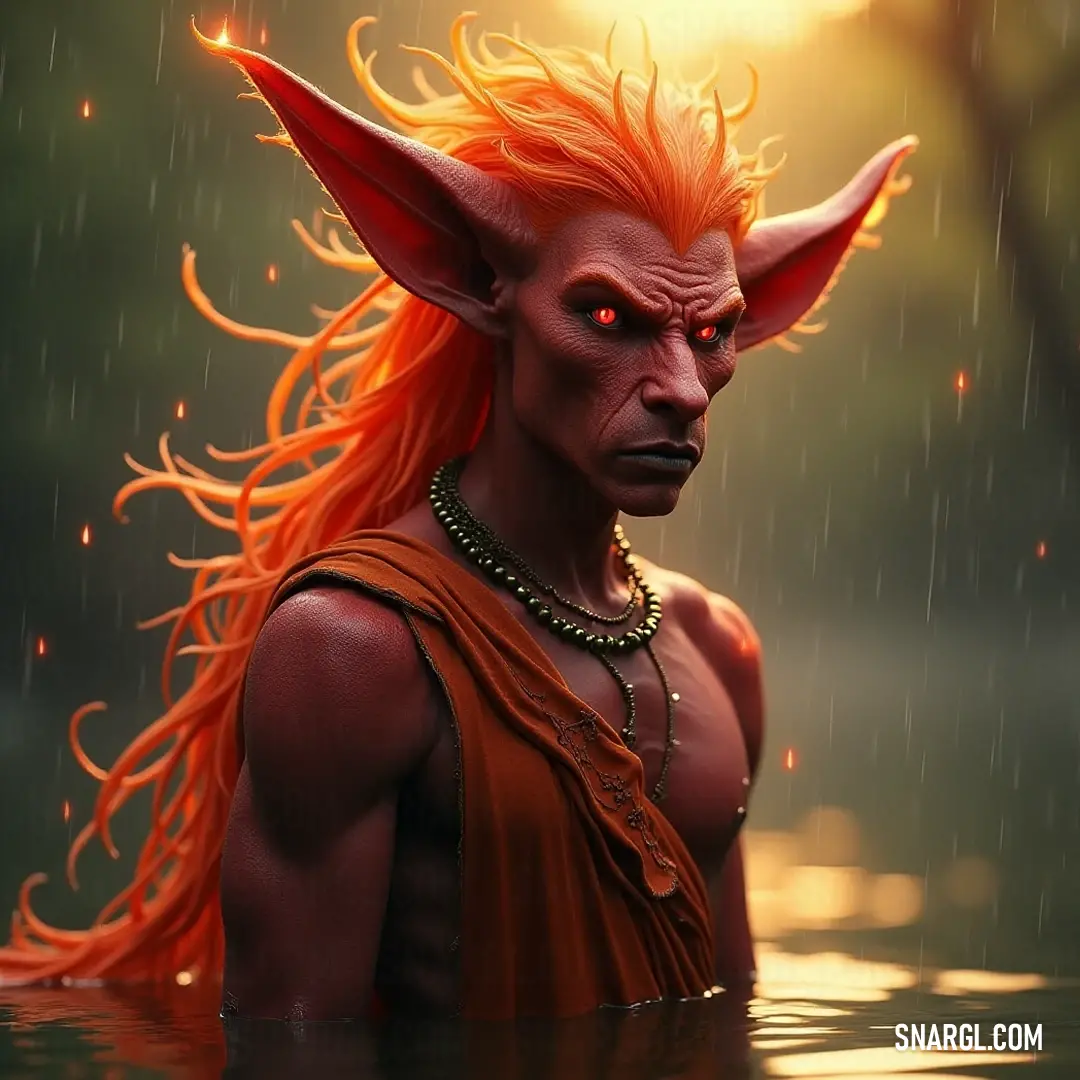
These new beings had horns that curved like the moon's crescent, eyes that glowed with an inner light, and skin that shimmered in hues of twilight. They were designed to embody the duality of existence, a blend of light and shadow, grace and fire. Thalindra believed that the Tieflings would bridge the gap between the differing factions, offering a new perspective and fostering unity.
Yet, the creation of the Tieflings did not go as smoothly as Thalindra had hoped. The Celestials, uncomfortable with the shadows that lingered within the Tieflings, viewed them with suspicion. The Eternals, whose power came from the sun, saw the Tieflings' infernal traits as a sign of imbalance. Even the Shadowfolk, despite their own dark heritage, found the Tieflings' blend of light and shadow disconcerting.
As tensions rose, the Tieflings were cast out and left to wander in the fringes of Elaris. They roamed the untamed wilderness, forging their own path. Over time, they built their own society, embracing their unique nature. They became the wanderers, the diplomats, and the adventurers of Elaris, bridging gaps and challenging conventions.
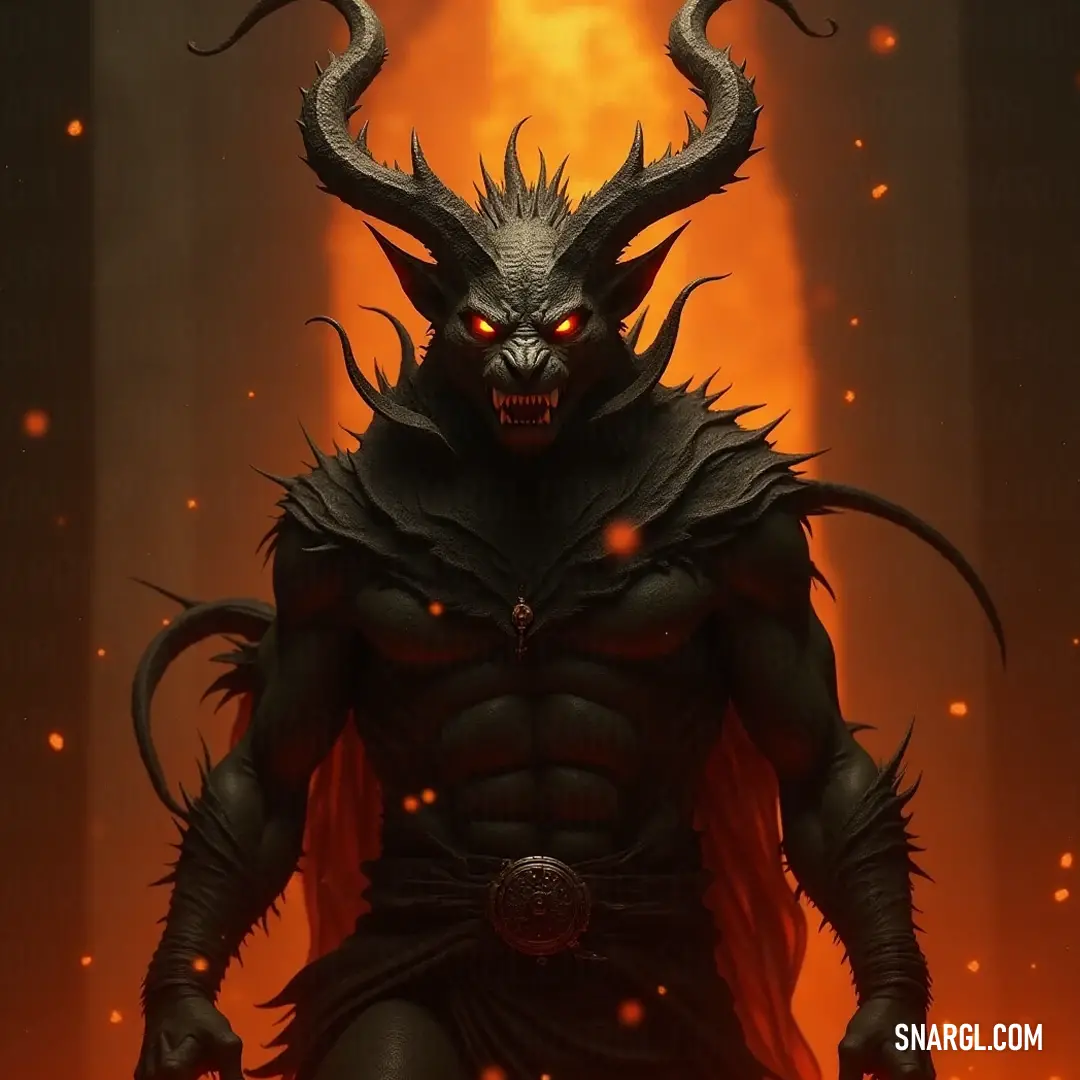
The Aeons, observing the resilience and adaptability of the Tieflings, began to see them as a crucial part of Elaris's destiny. They realized that the true harmony Thalindra had envisioned lay not in absolute unity, but in the celebration of diversity and the acceptance of differences.
In the end, the Tieflings became the embodiment of the Shattered Veil - the veil between light and dark, celestial and infernal, order and chaos. Their existence symbolized the harmony found in embracing contrasts, and they played a vital role in shaping the future of Elaris.
And so, as the aeons continued their cosmic dance and Elaris flourished, the Tieflings thrived as a testament to the beauty found in the union of opposing forces - a living reminder of the day when the Void was shattered and the tapestry of existence was forever altered.
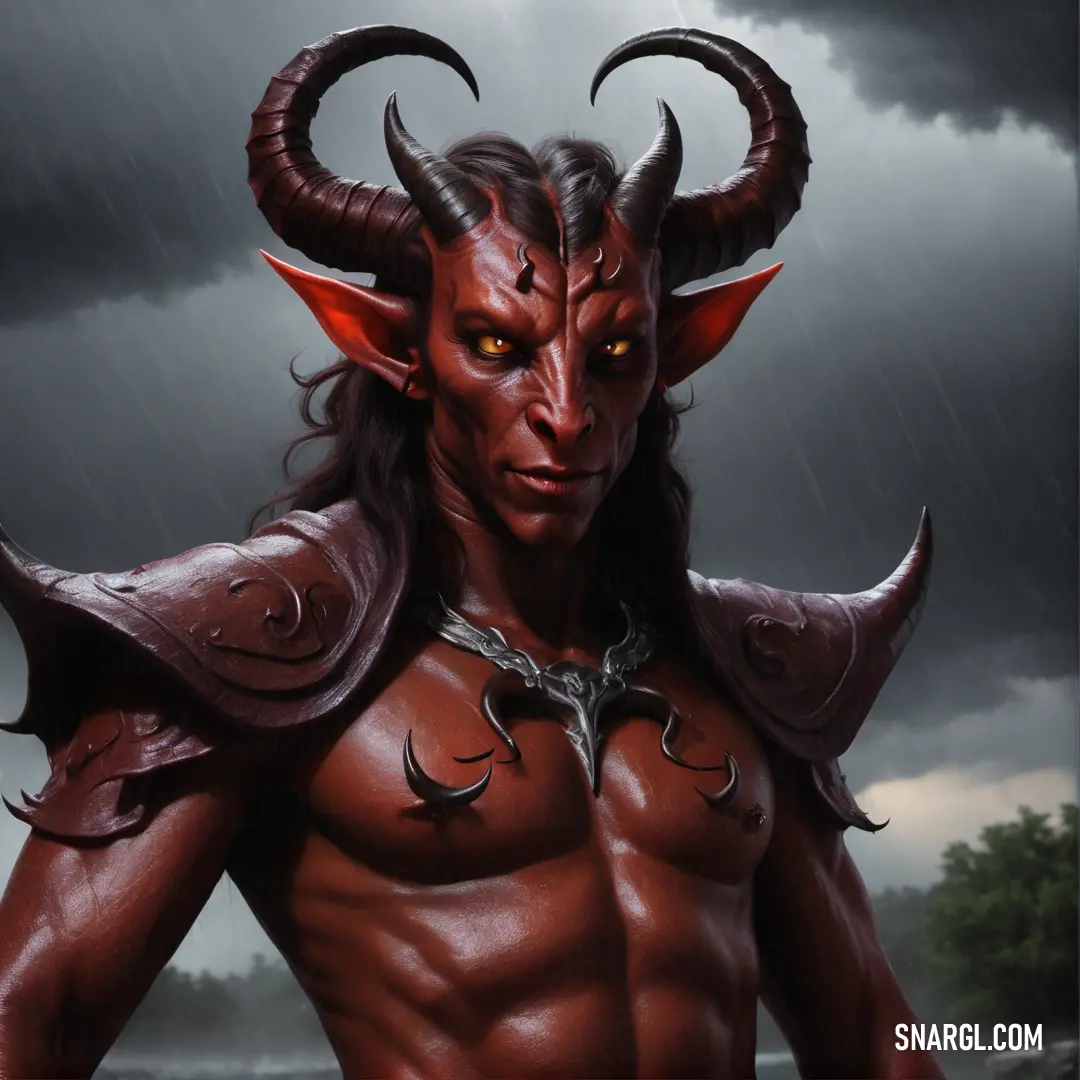

Long time ago, in the land of the Forgotten Realms, where the clash of steel echoes in the mountains and the whispers of ancient magic swirl in the forests, there was a name that carried a legend of power, pain, and redemption. That name was Karlach. A Tiefling, born of fire and shadow, whose tale w...


Read: Karlach
In a distant land where the horizons kissed the seas and the skies held their breath, there lived a Tiefling named Fjord. His skin was the color of stormclouds before rain, his eyes glimmered like emeralds in moonlight, and his horns spiraled upward in elegant curves, as if reaching for a sky that w...


Read: Fjord
Read: Exploring the Enigma of Tieflings: A Deep Dive into Fjord's Demonic Heritage
Read: Exploring the Mystique of Tieflings: A Deep Dive into Karlach's Heritage
Appearance of Tiefling
- Tiefling has reddish skin, sharp horns, and a tail, with glowing eyes and pointed ears.
- Tiefling features a lithe frame, with pale or dark skin, curling horns, and a menacing stare.
- Tiefling's skin ranges from deep crimson to dusky purple, with a sinuous tail and sharp, curved horns.
- Tiefling has a slender body, glowing eyes, jagged horns, and a forked tail, exuding a demonic presence.
- Tiefling's horned head sits atop a lean, muscular body, skin glowing faintly in the darkness, with red or purple hues.
- Tiefling possesses demonic traits like smooth, sharp horns, glowing yellow eyes, and skin varying from red to brownish.
- Tiefling's sharp, upward-curling horns blend with dark skin and a devilish, fierce expression, accented by glowing eyes.
- Tiefling has slender legs, horns on the forehead, and a long, pointed tail, dressed in dark, tattered clothes.
- Tiefling's fiery eyes, curved horns, and dark skin give it an otherworldly appearance, with a constant air of mystery.

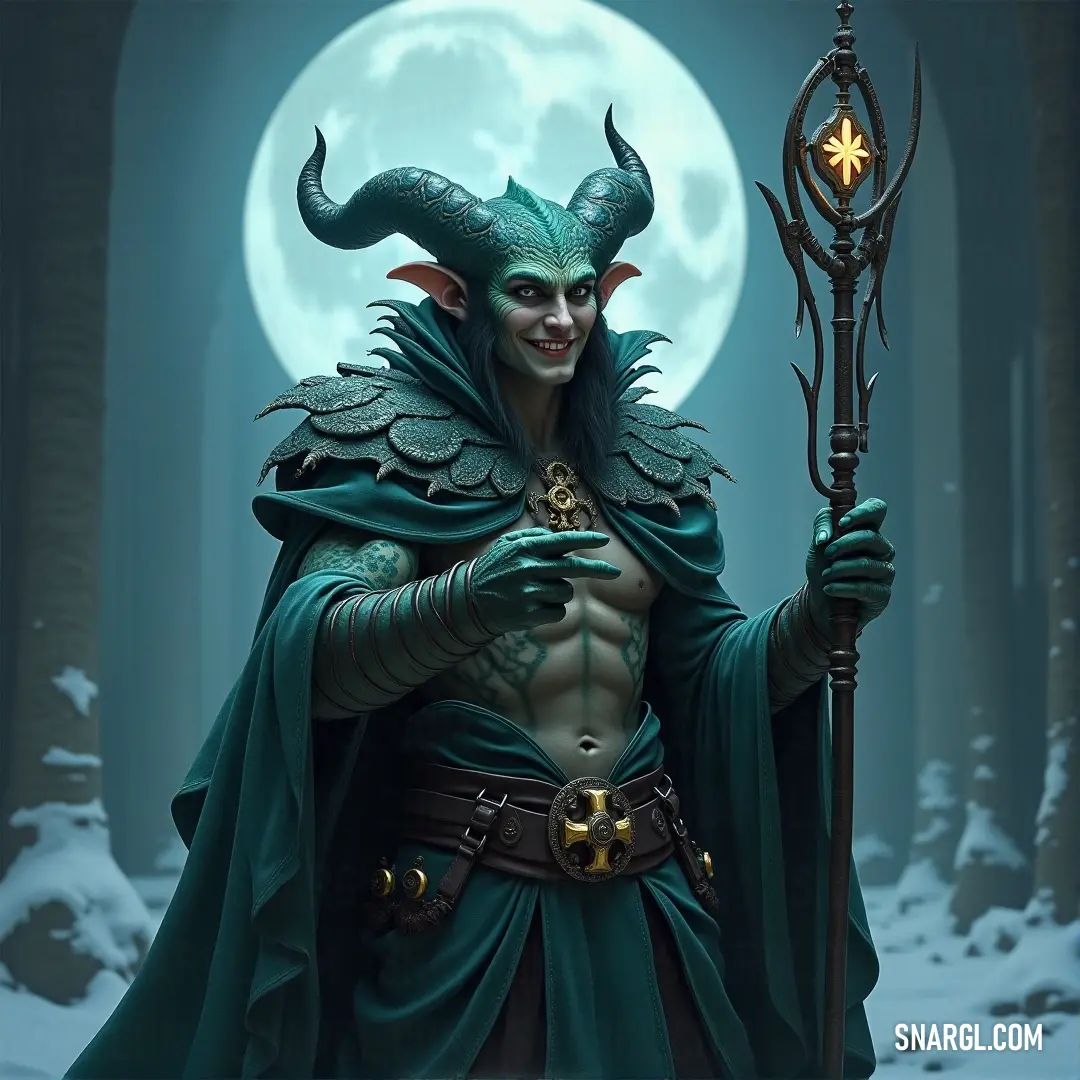
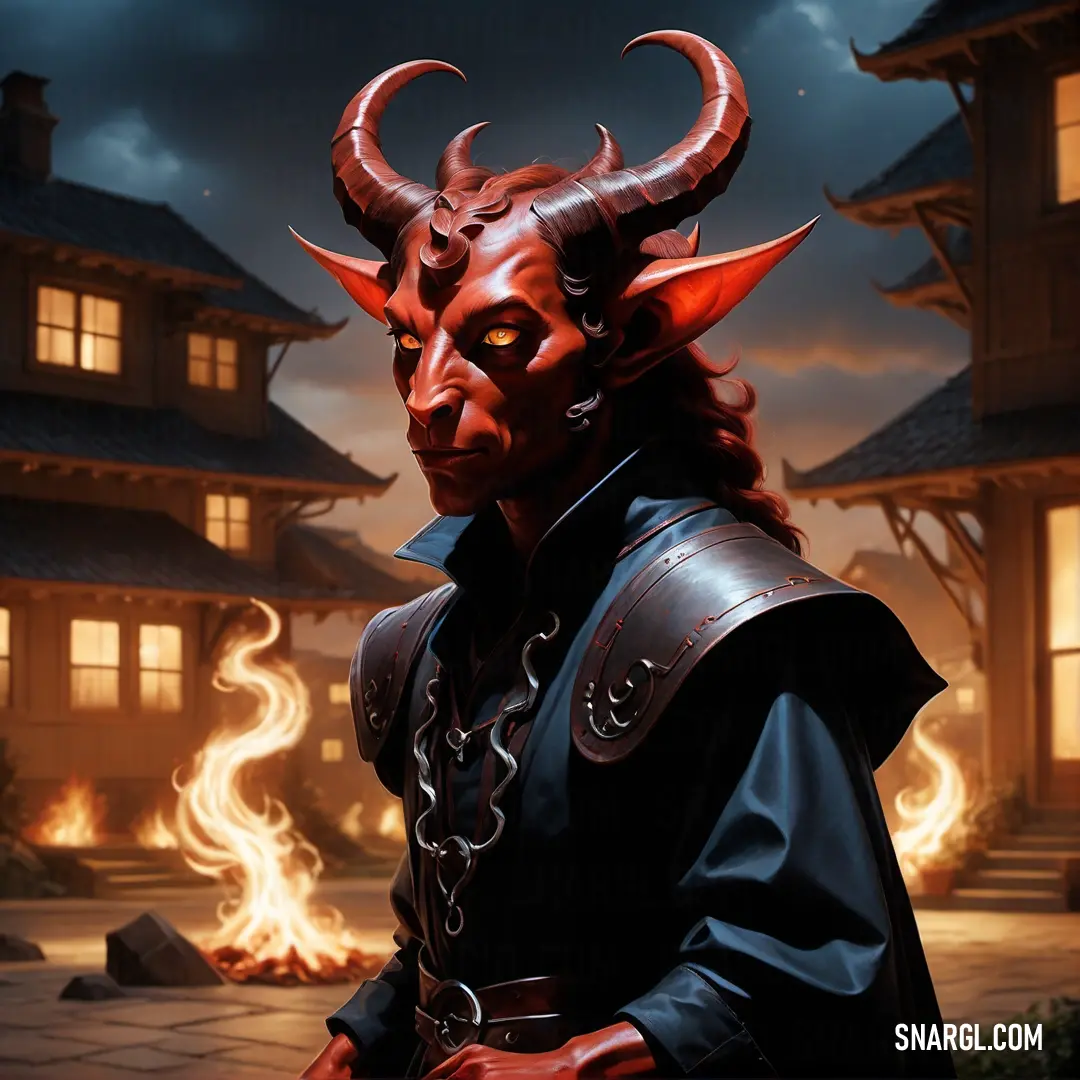
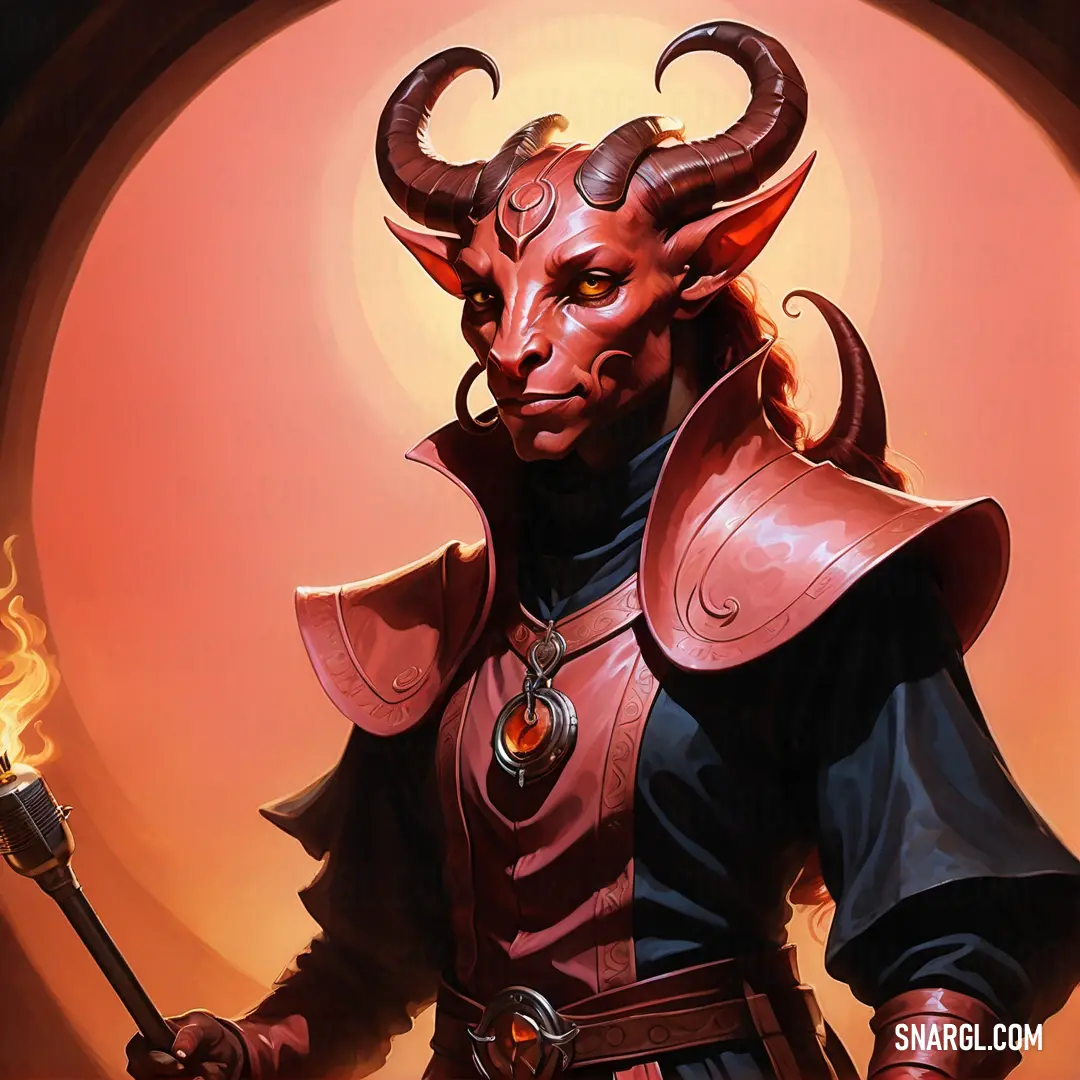
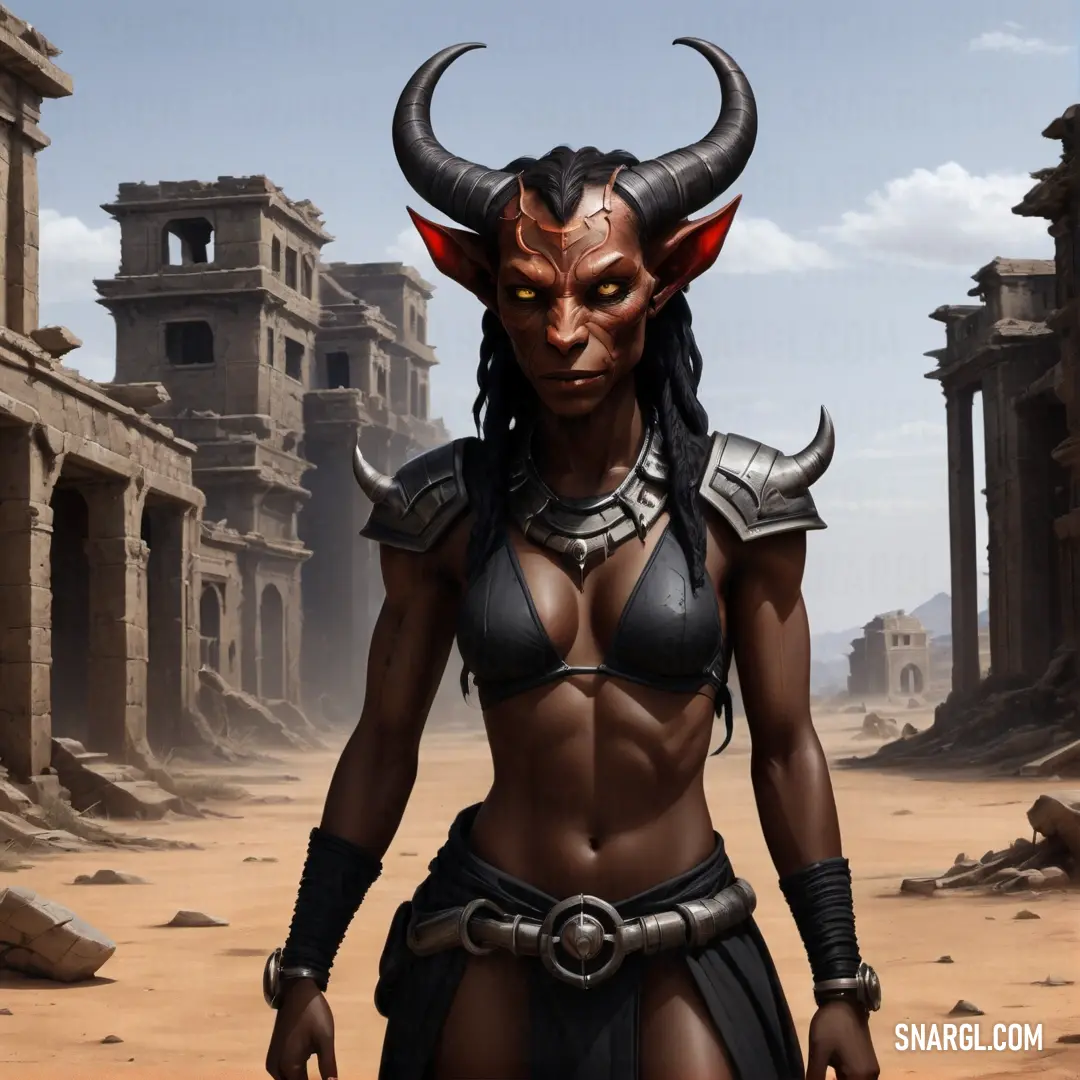
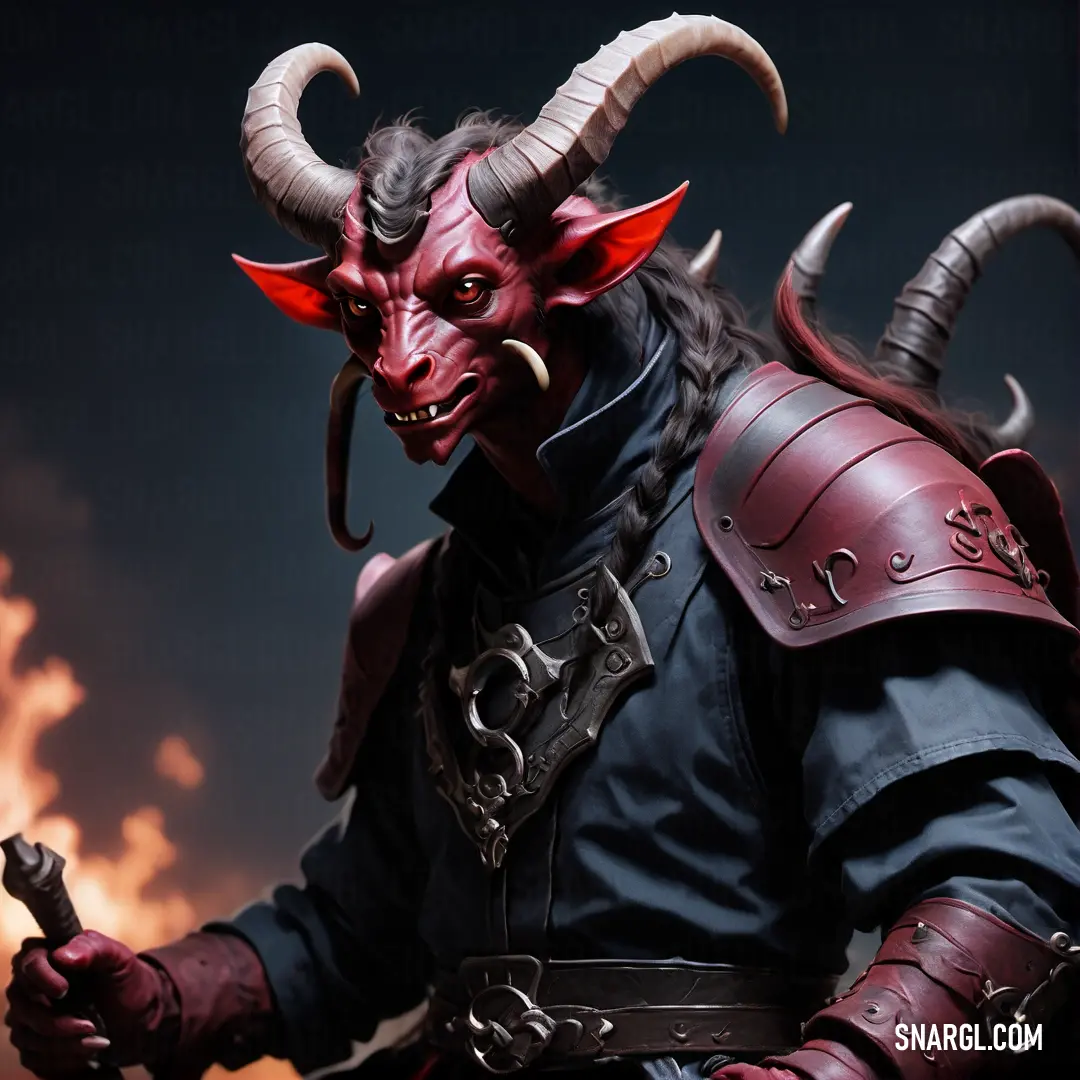
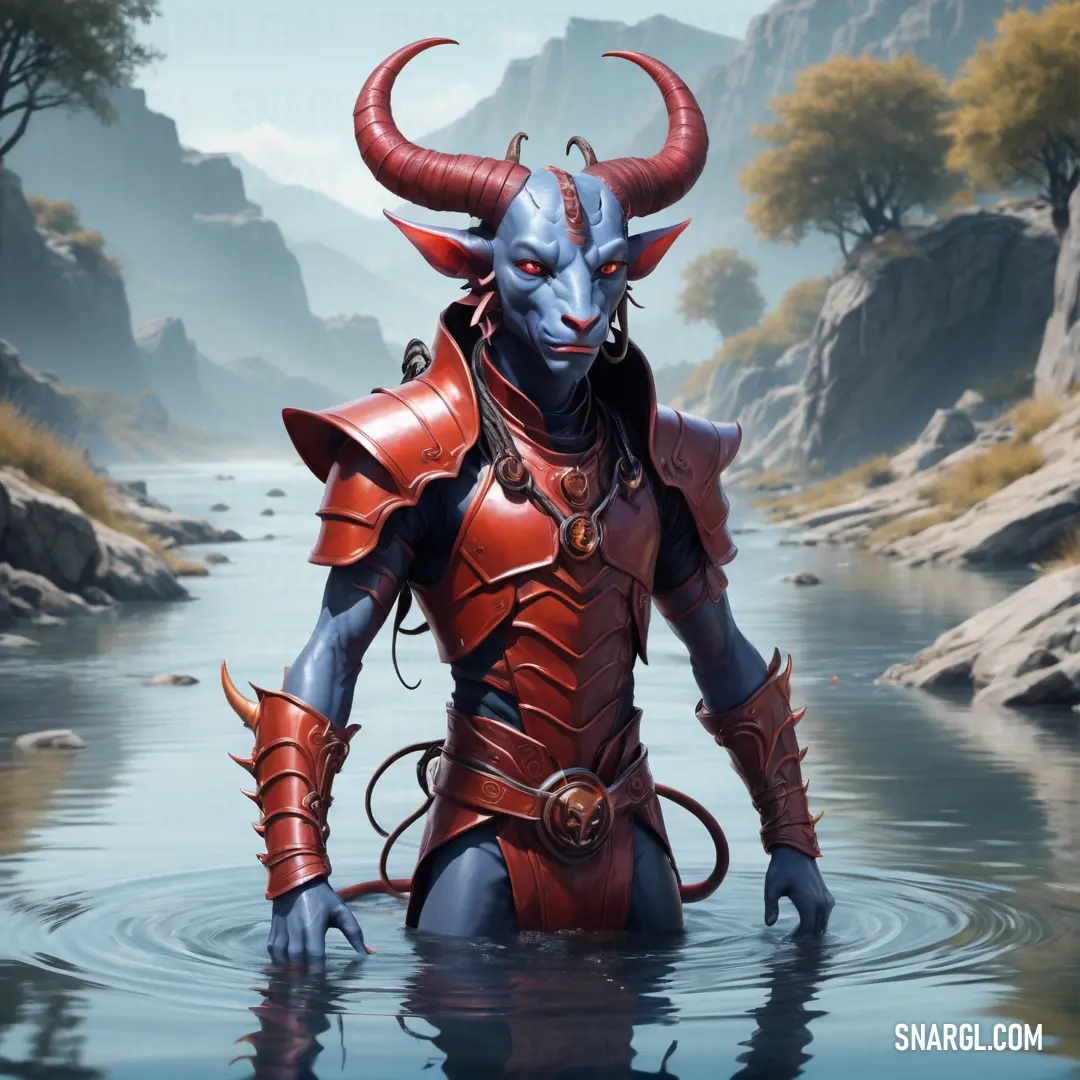
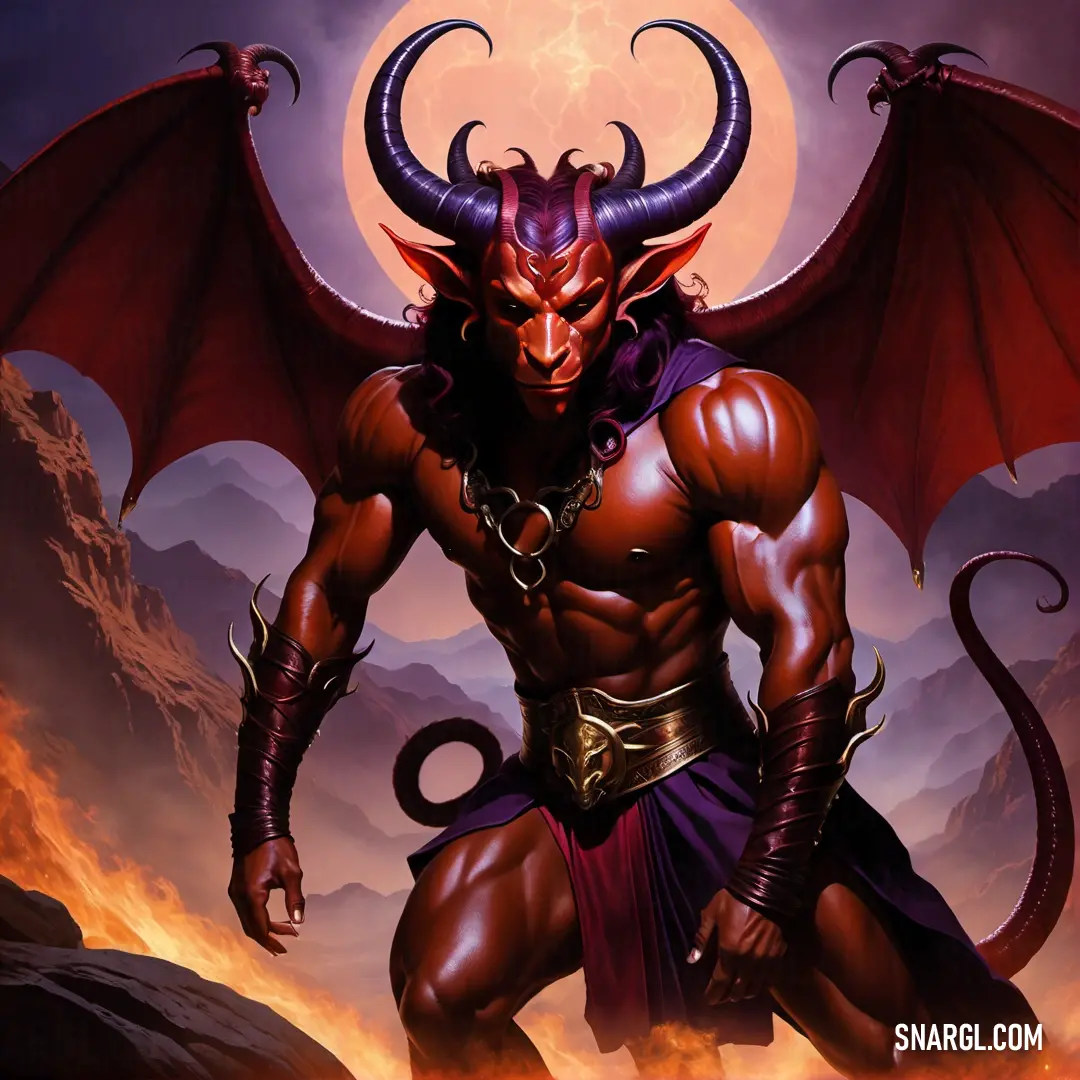
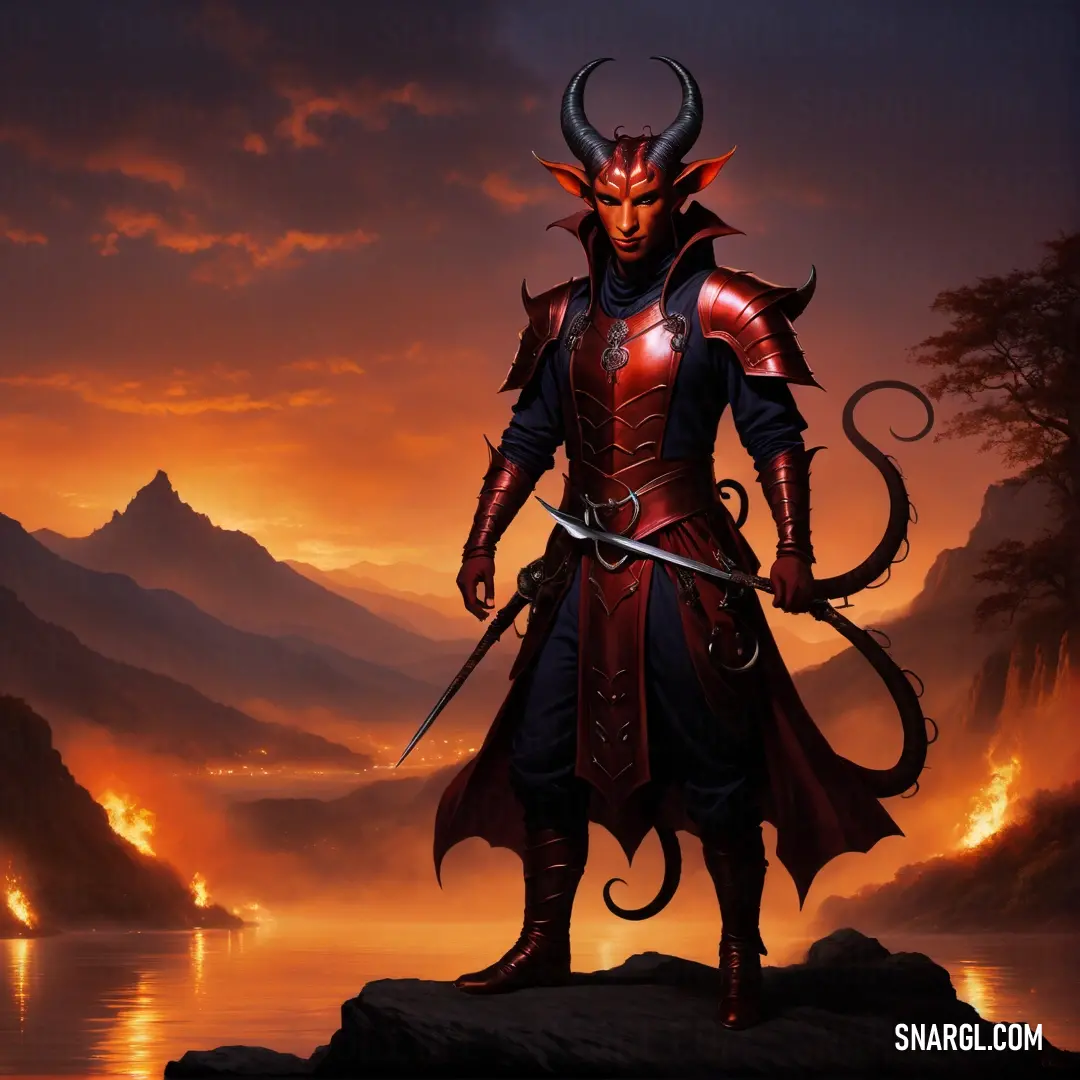
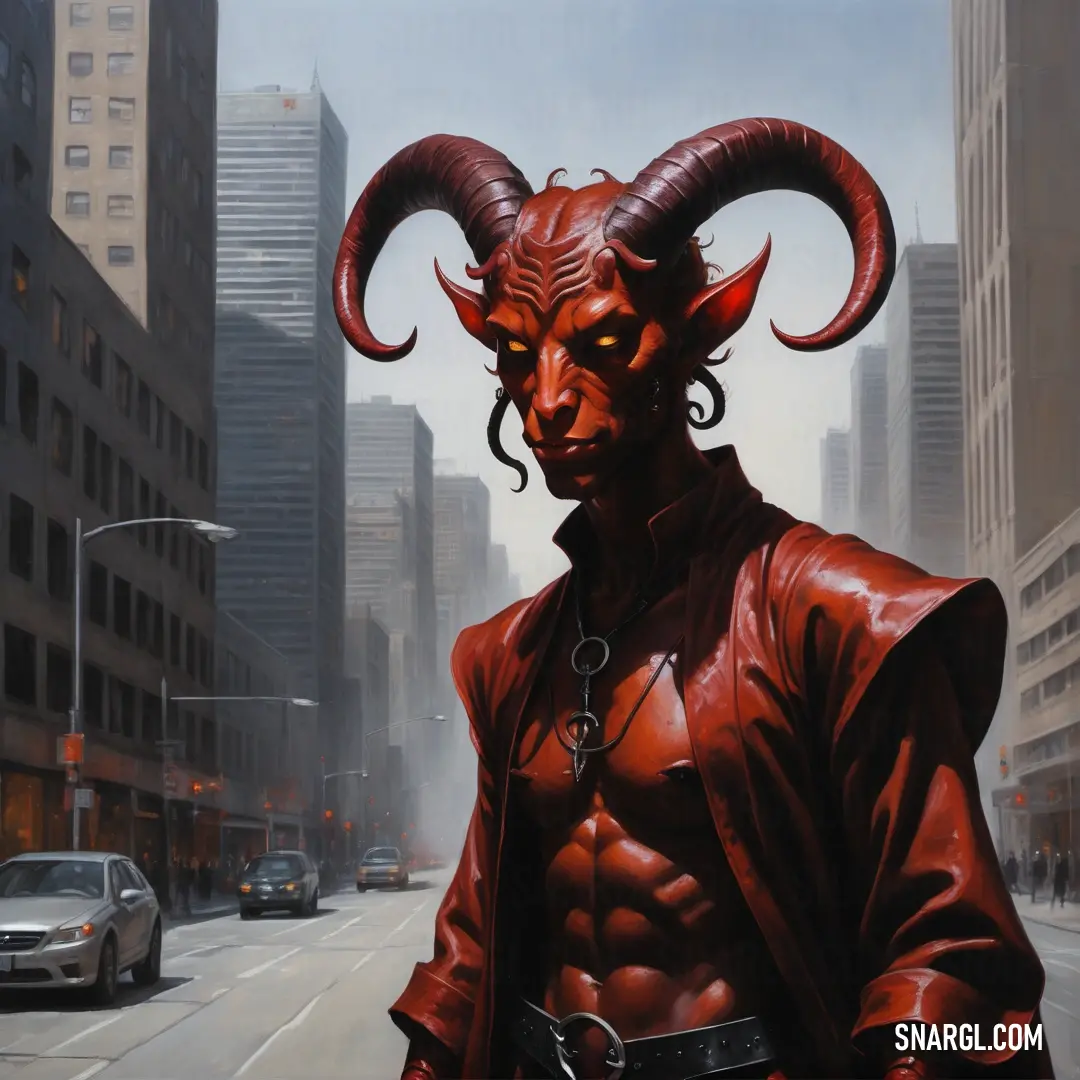
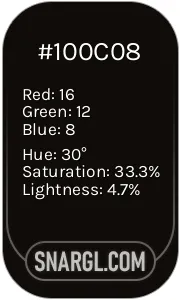 Smoky black
Smoky black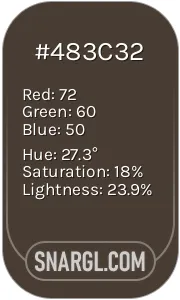 Dark lava
Dark lava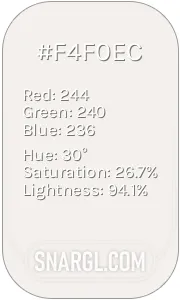 Isabelline
Isabelline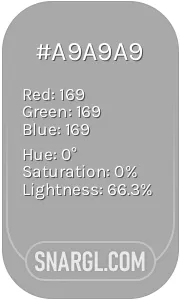 Dark gray
Dark gray Baby pink
Baby pink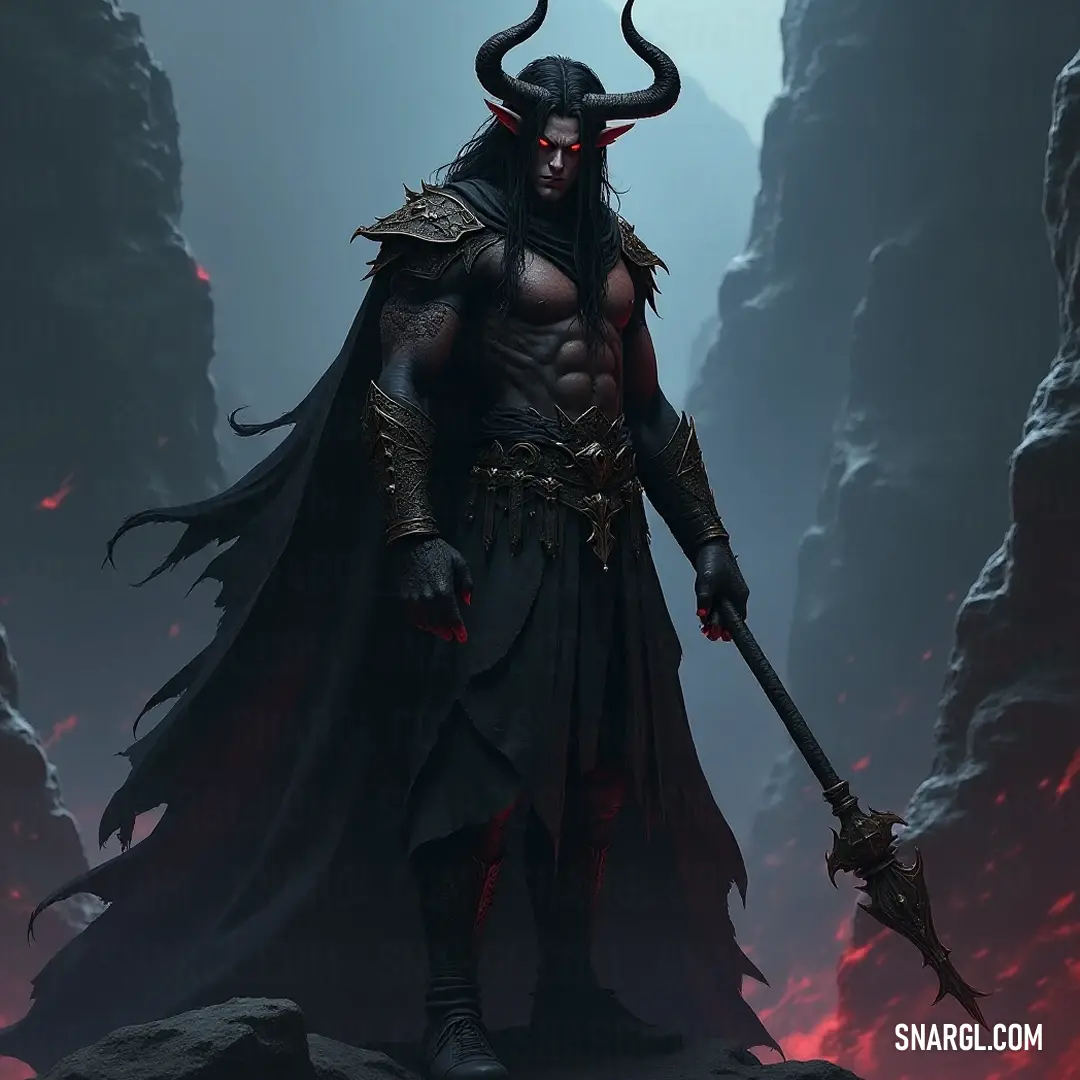
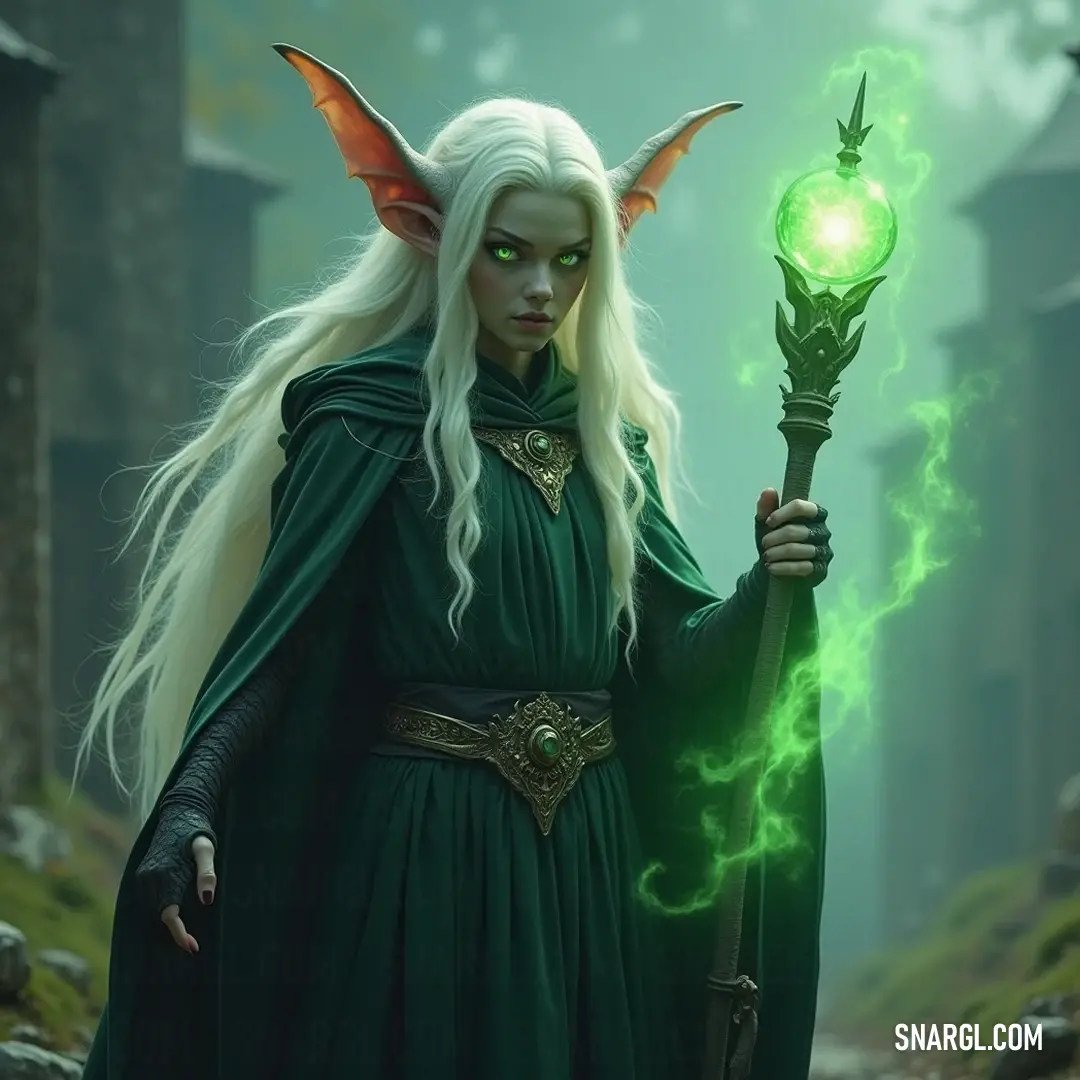
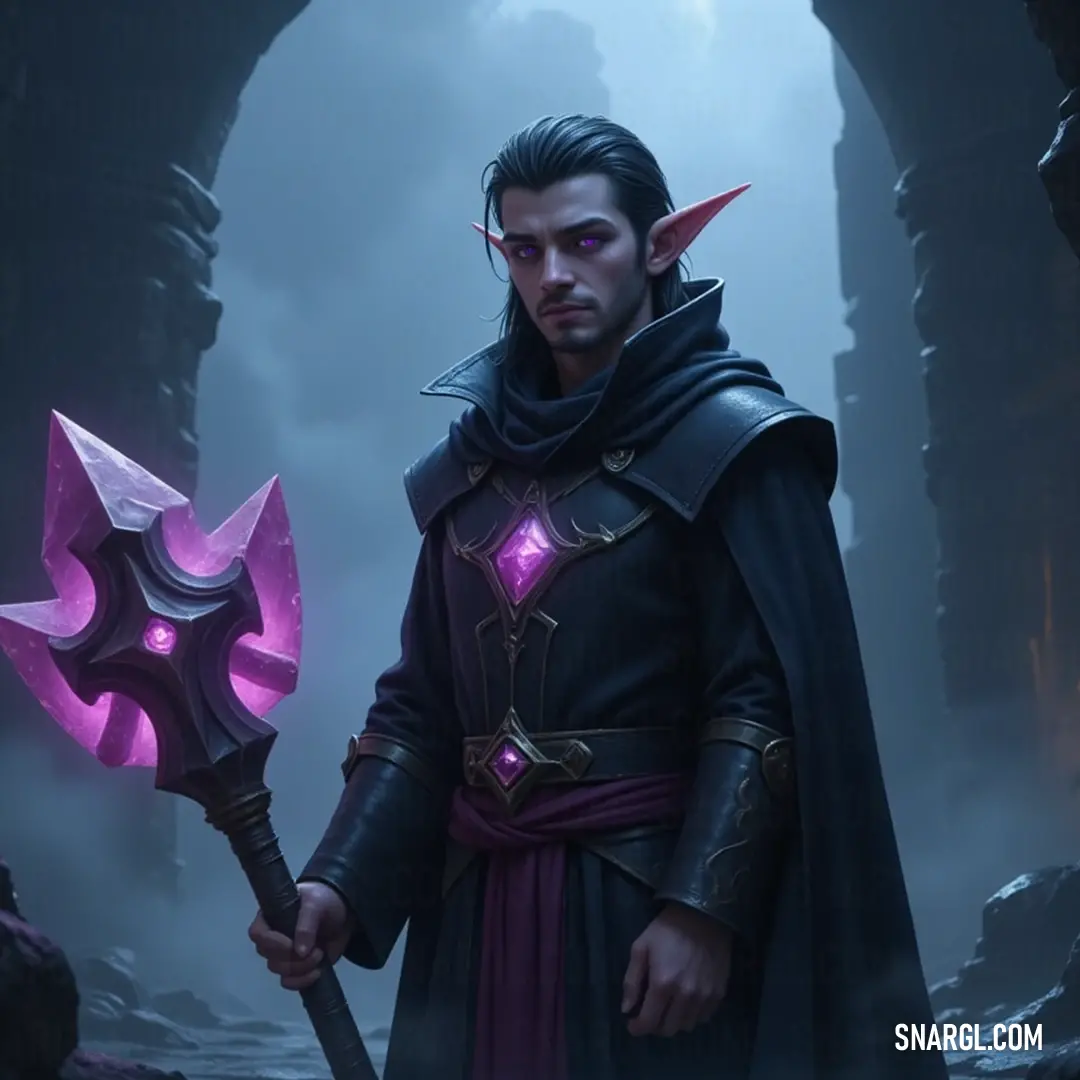

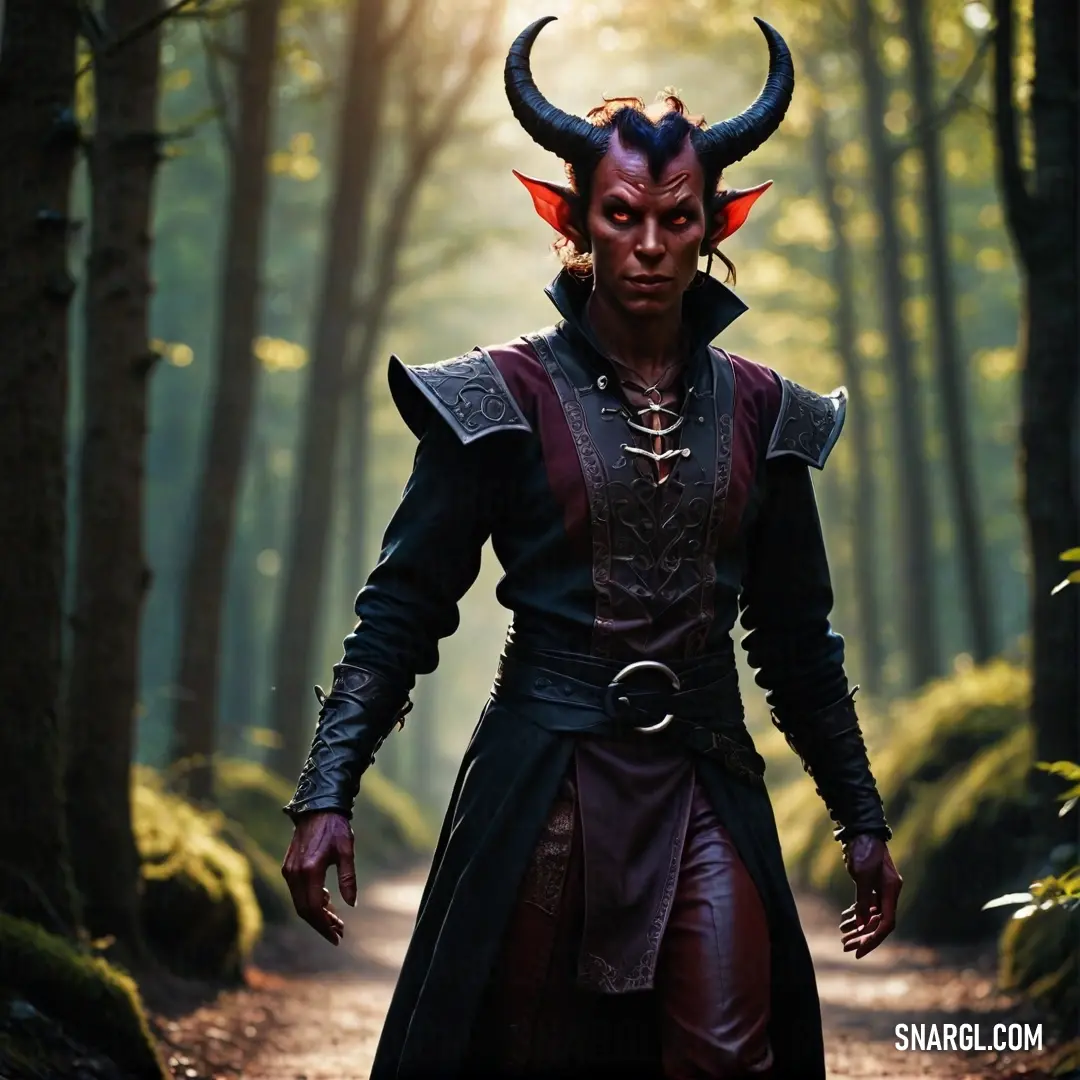
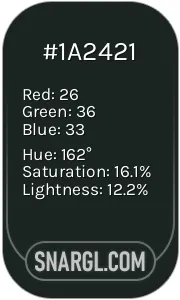 Dark jungle green
Dark jungle green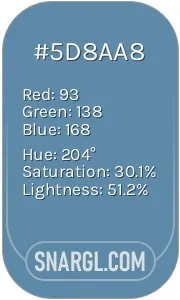 Air Force Blue
Air Force Blue Arsenic
Arsenic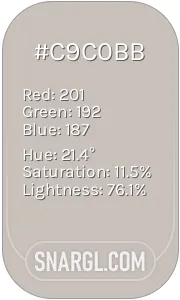 Pale silver
Pale silver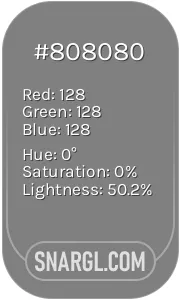 Gray
Gray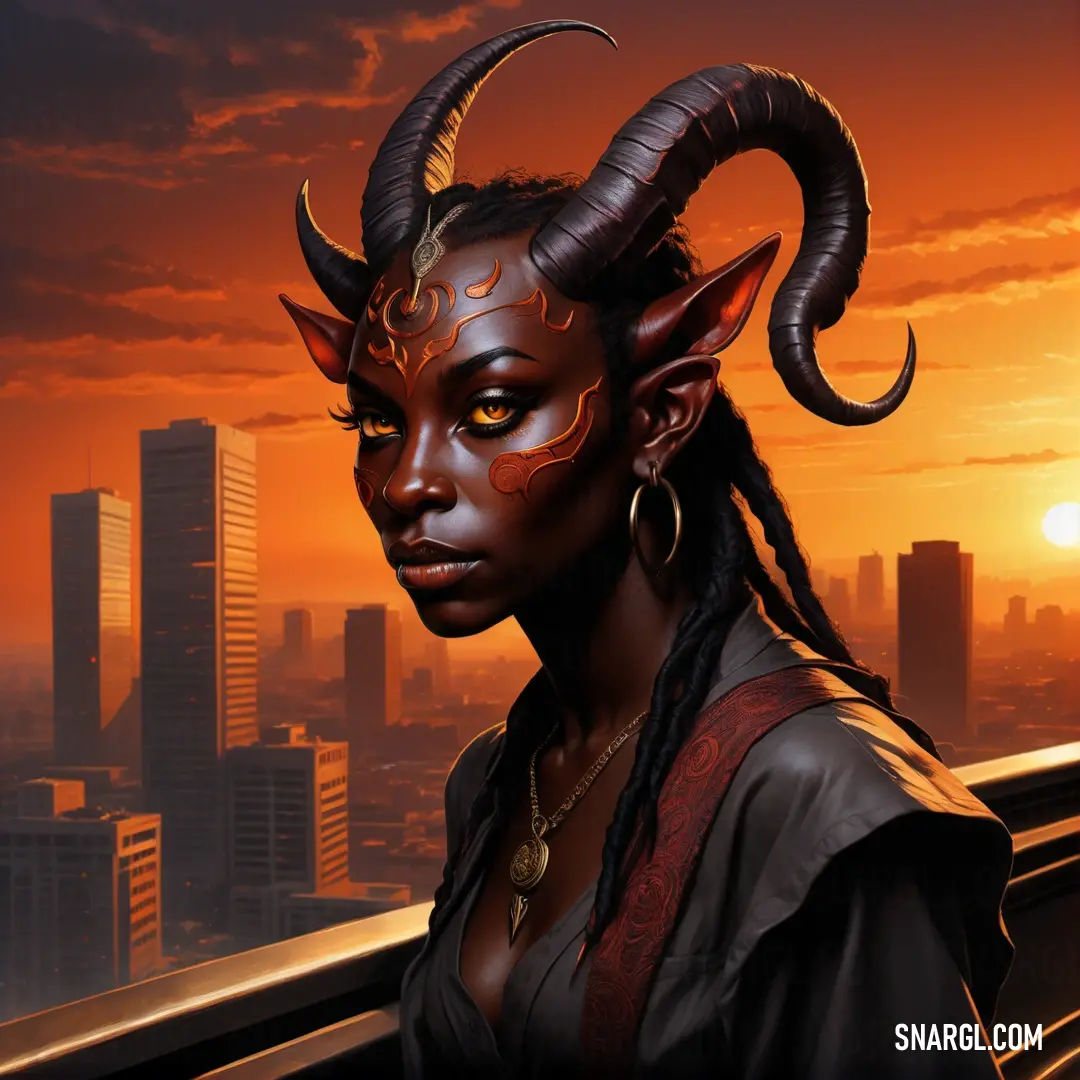
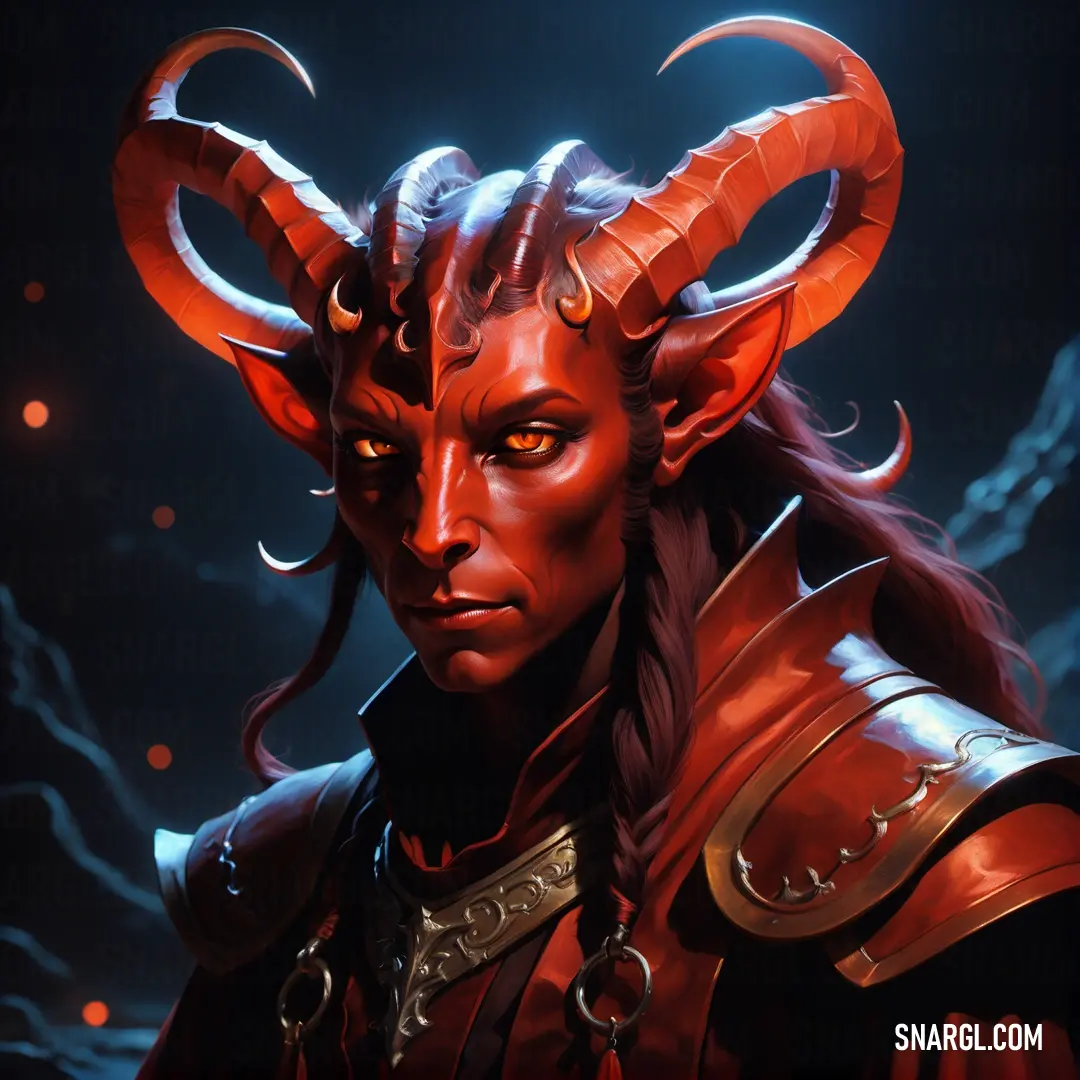
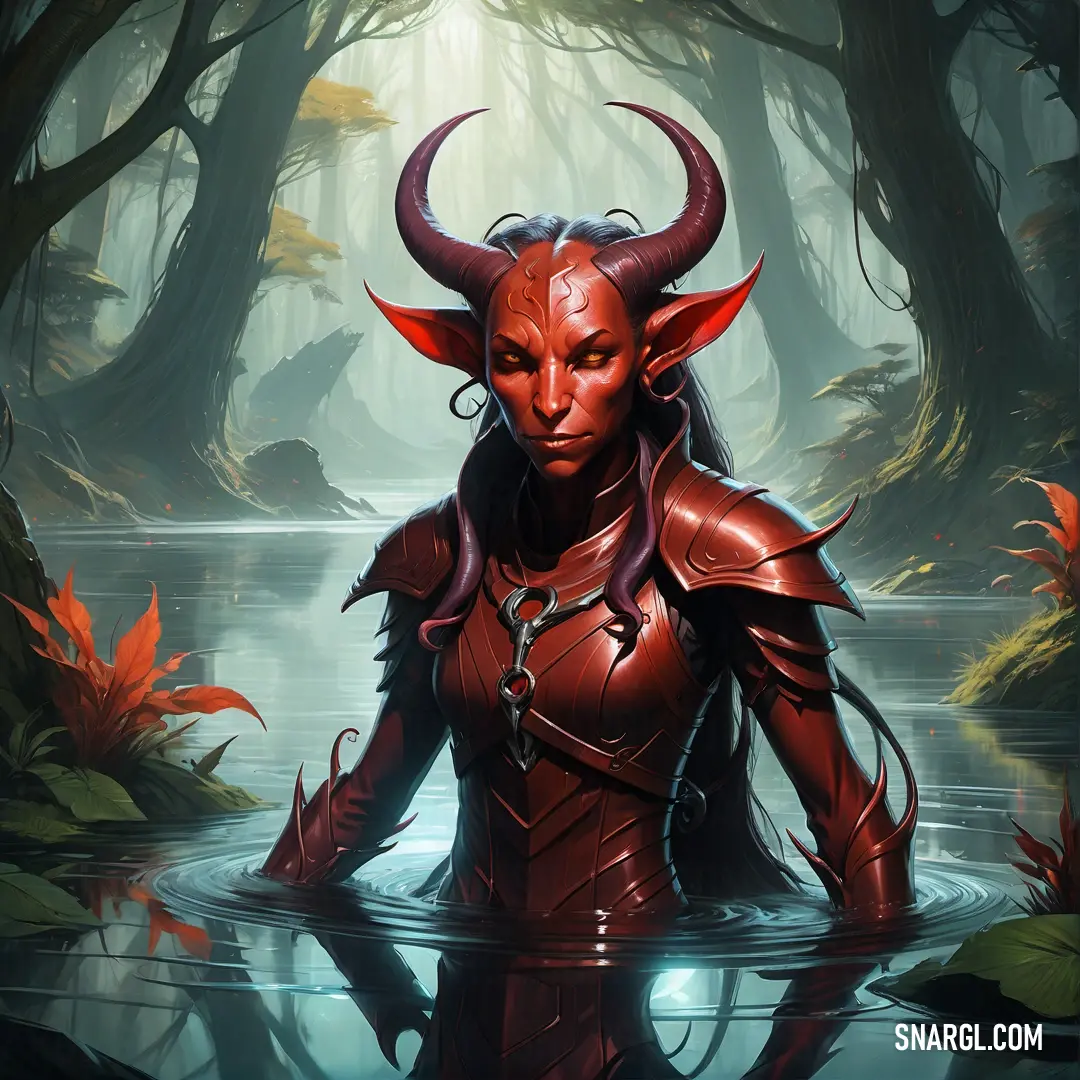
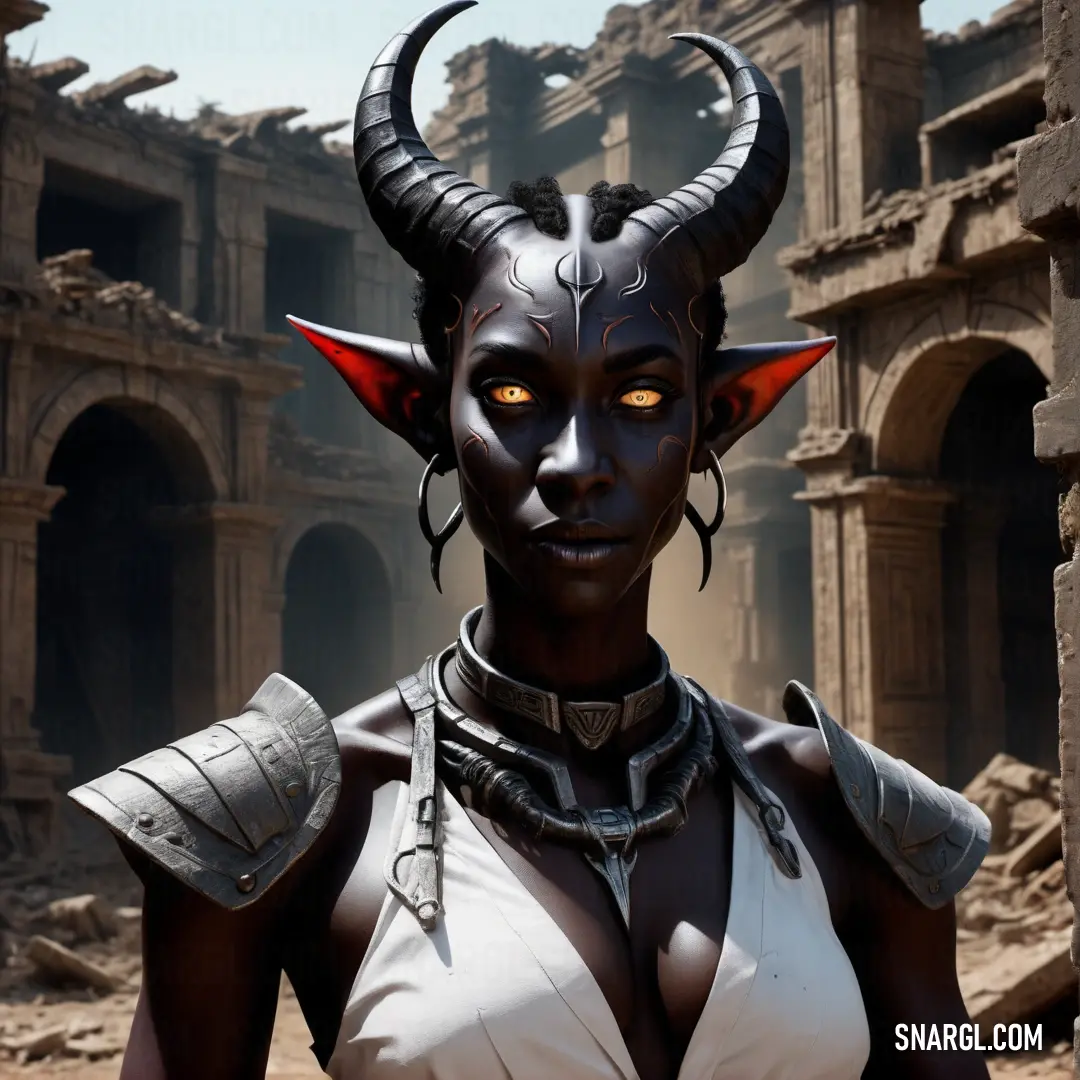
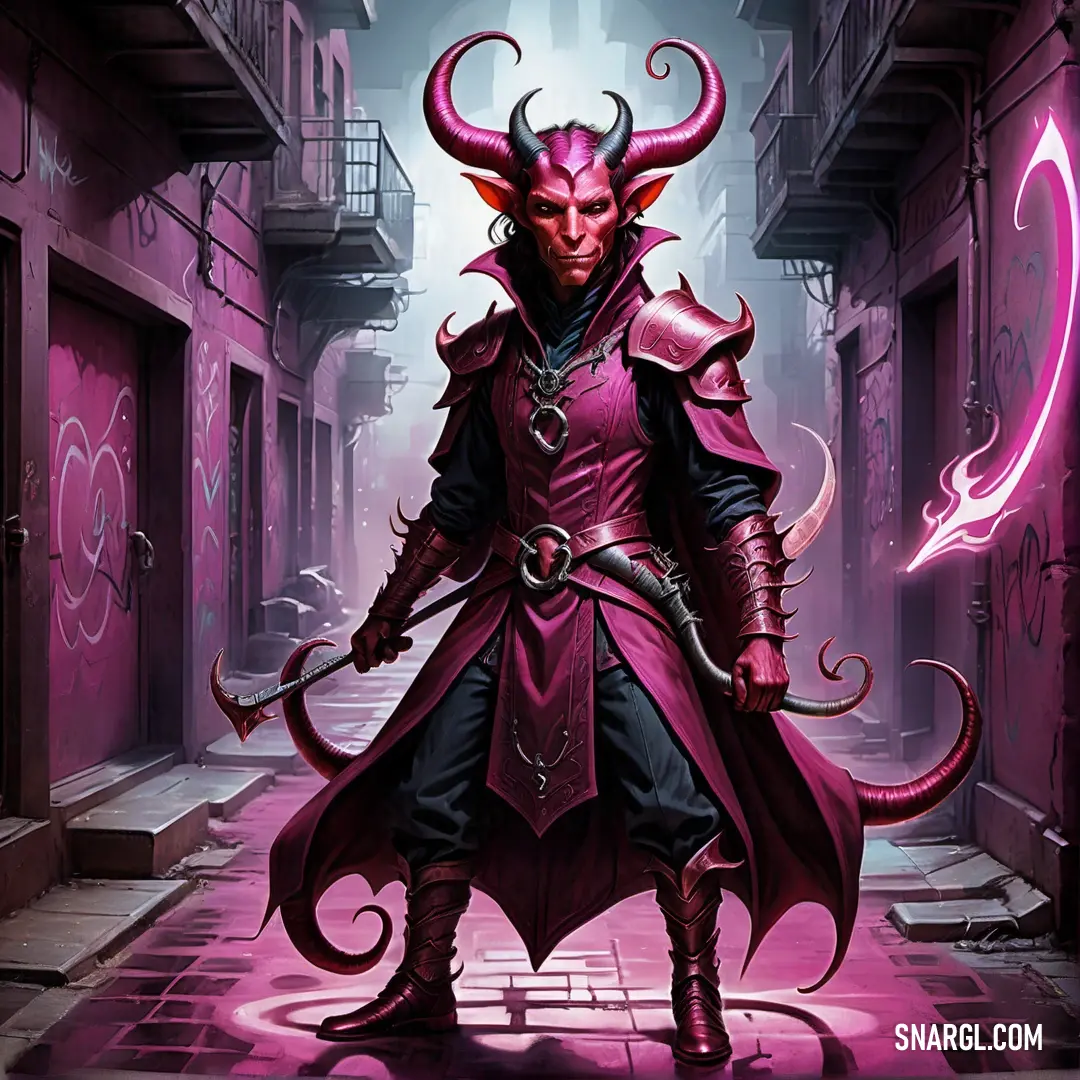
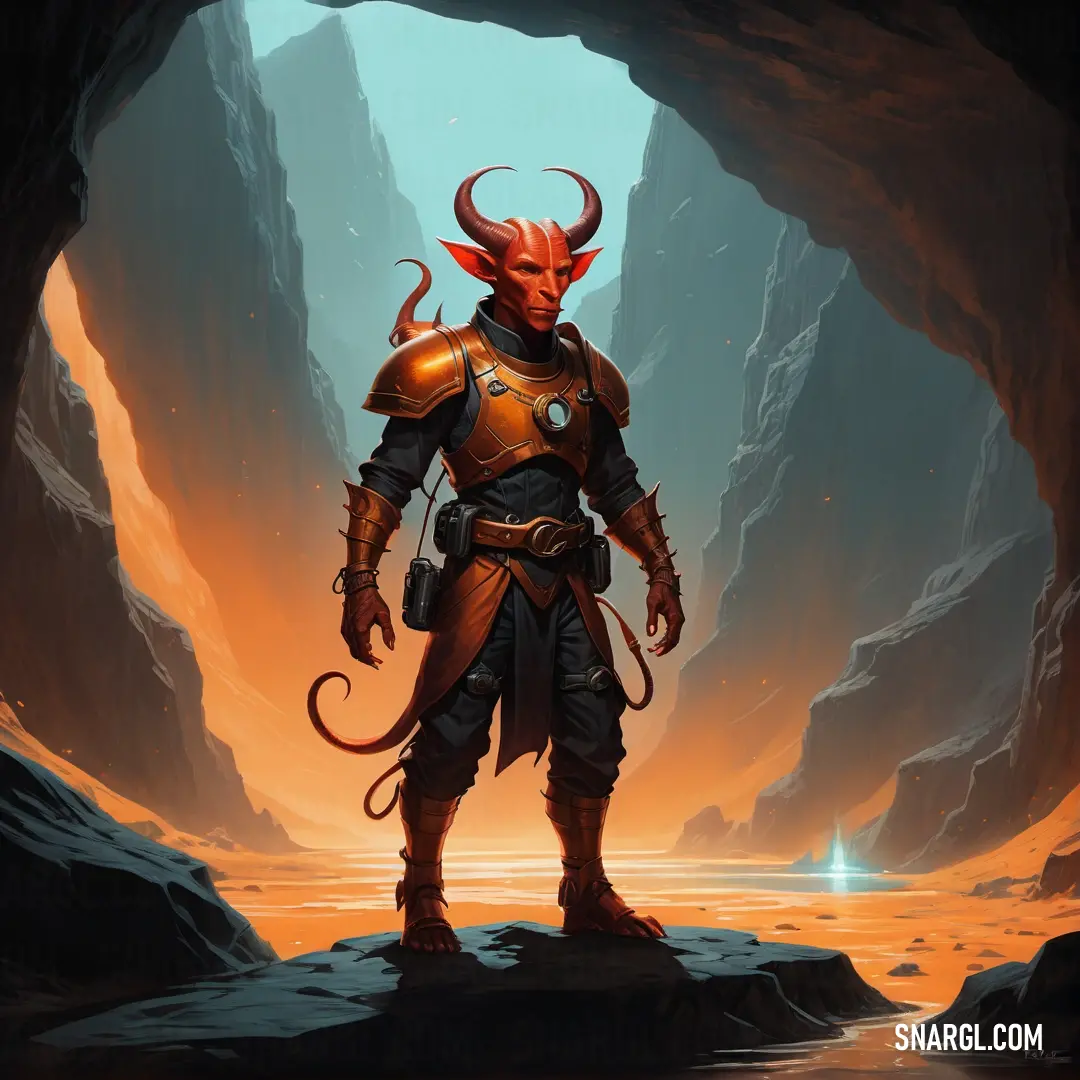
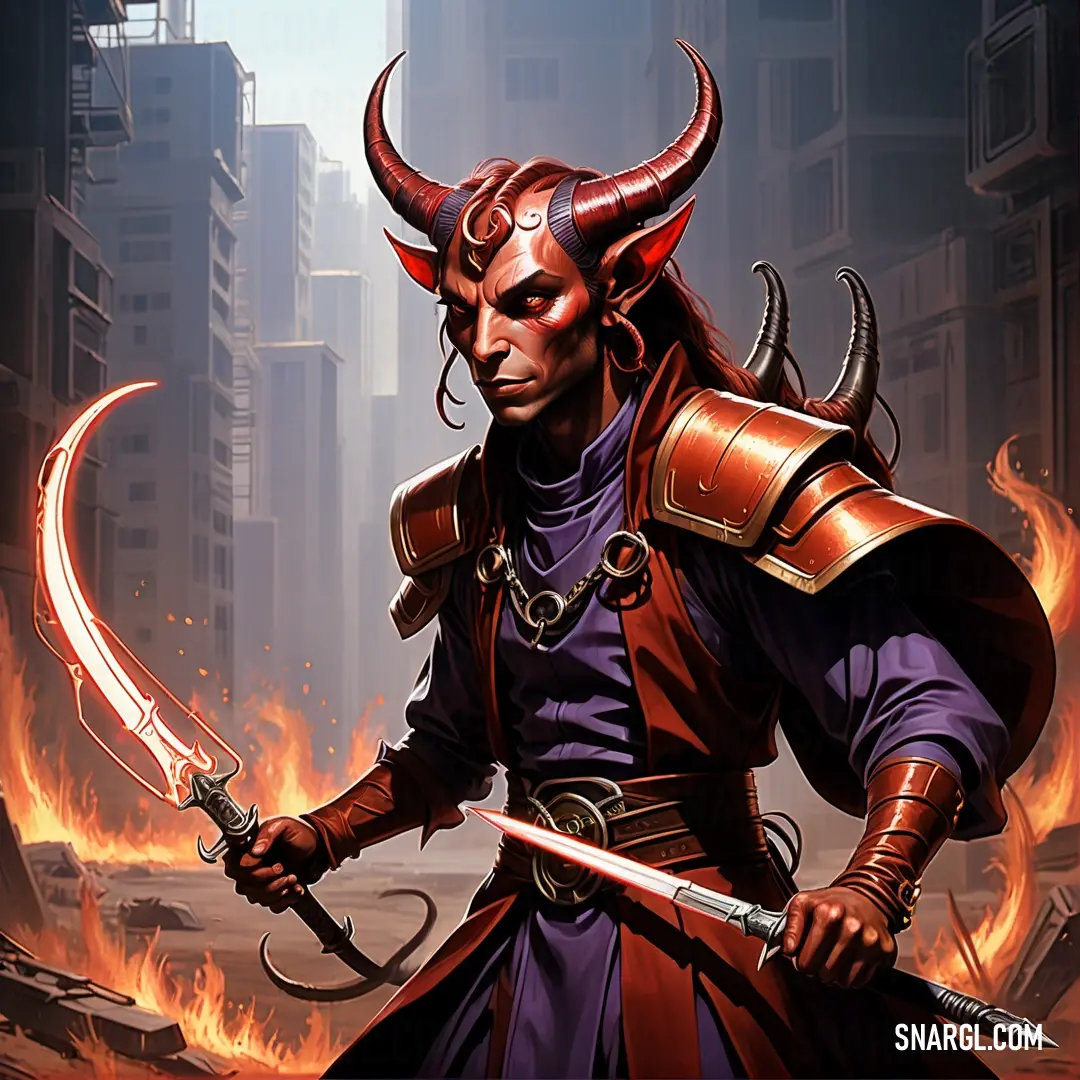
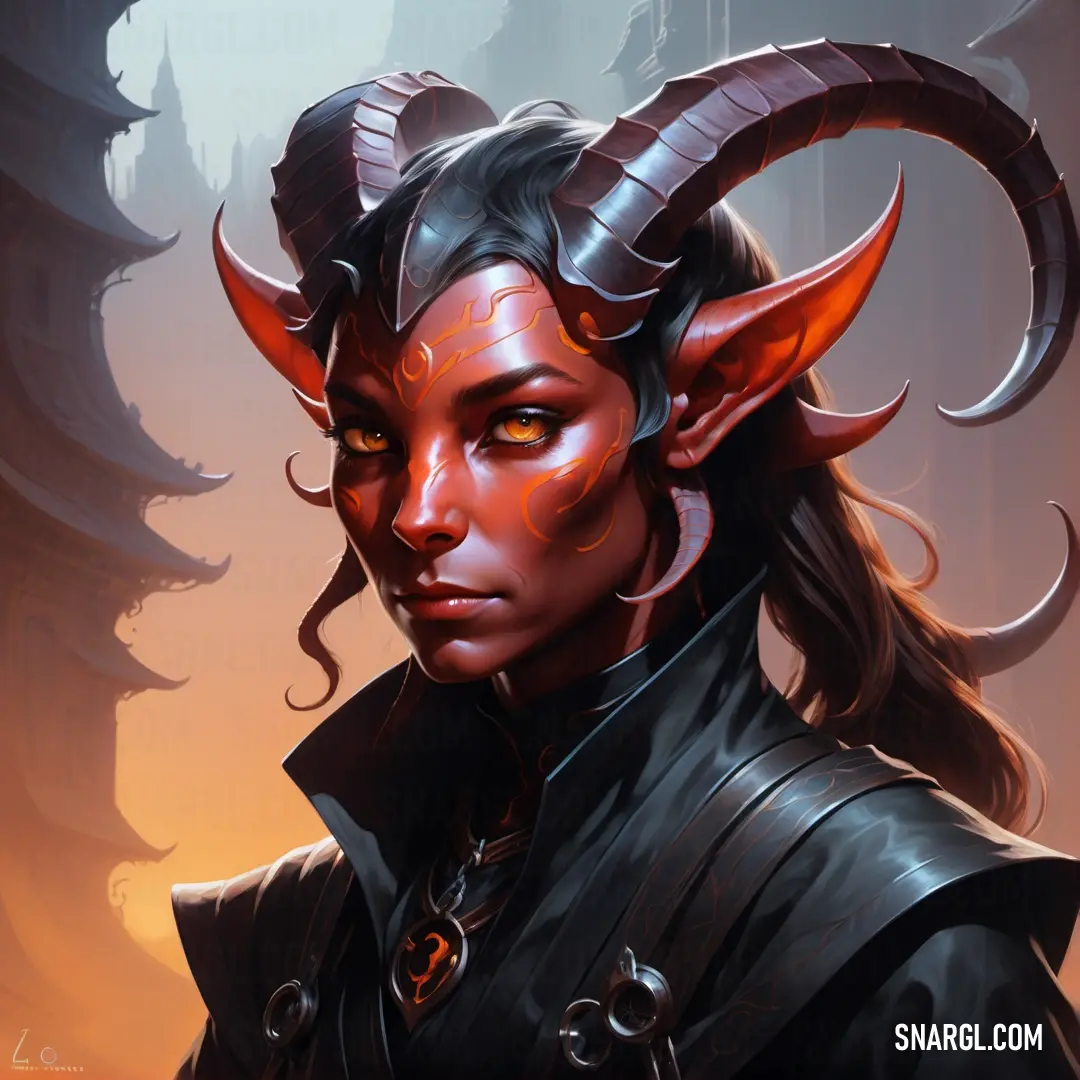
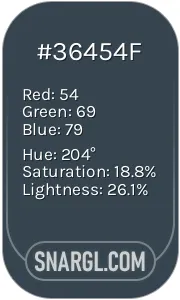 Charcoal
Charcoal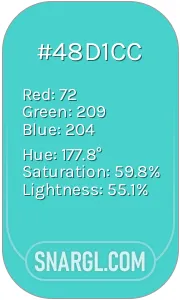 Medium turquoise
Medium turquoise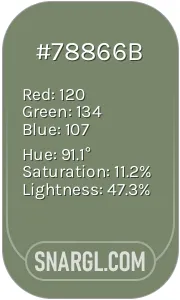 Camouflage green
Camouflage green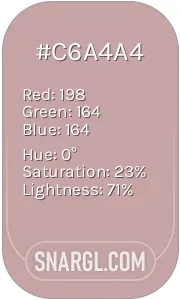 Pale mauve
Pale mauve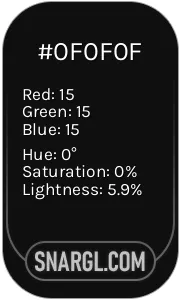 Onyx
Onyx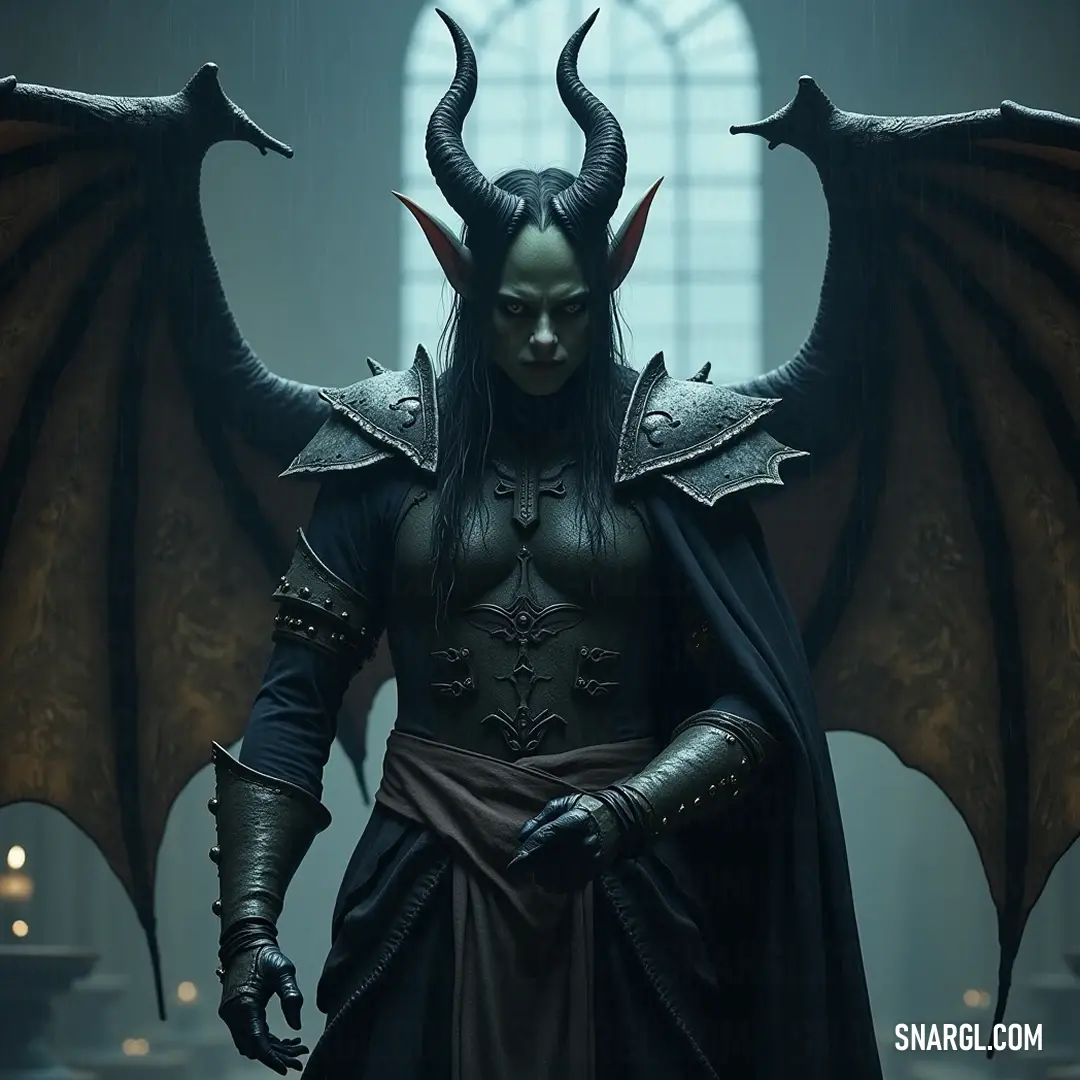
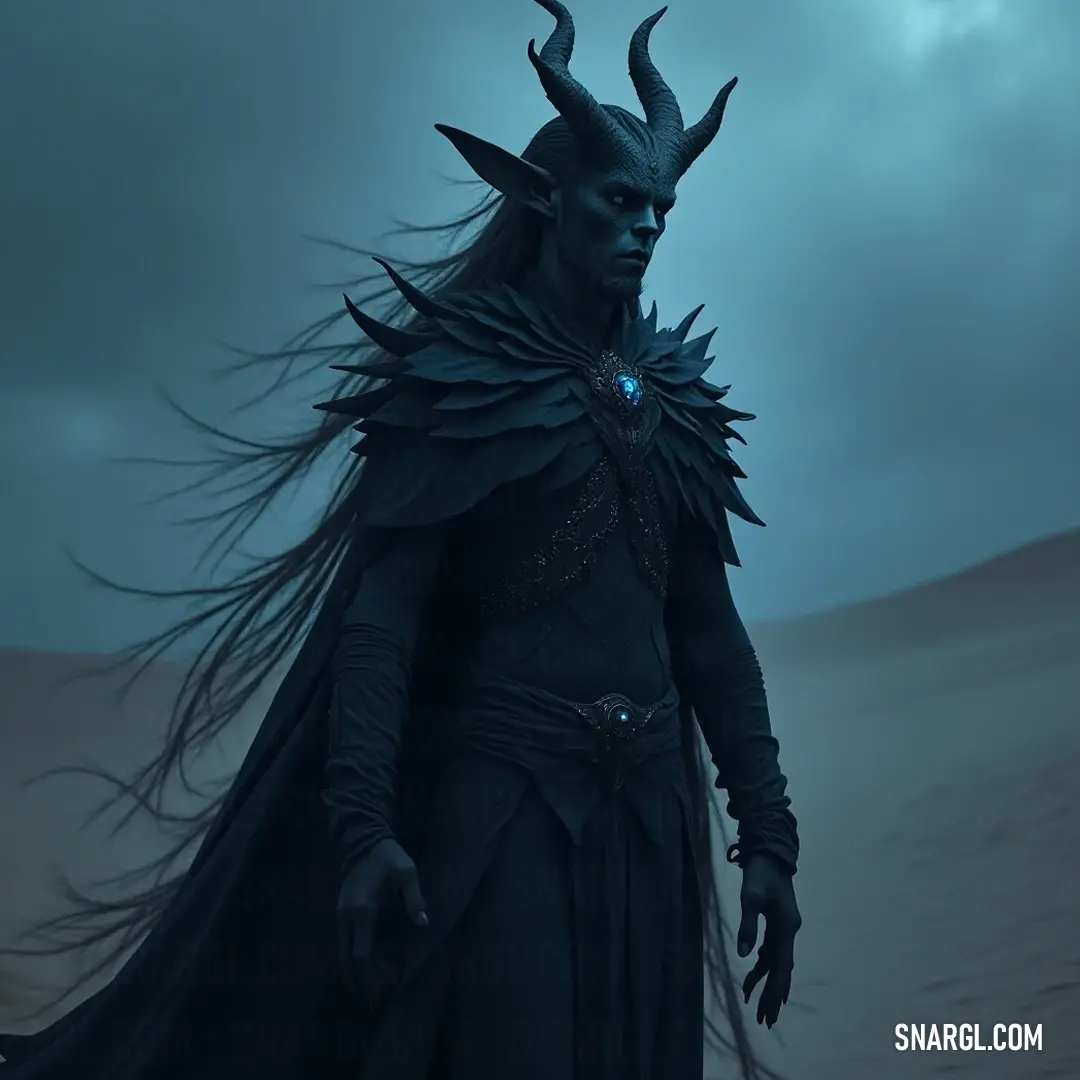

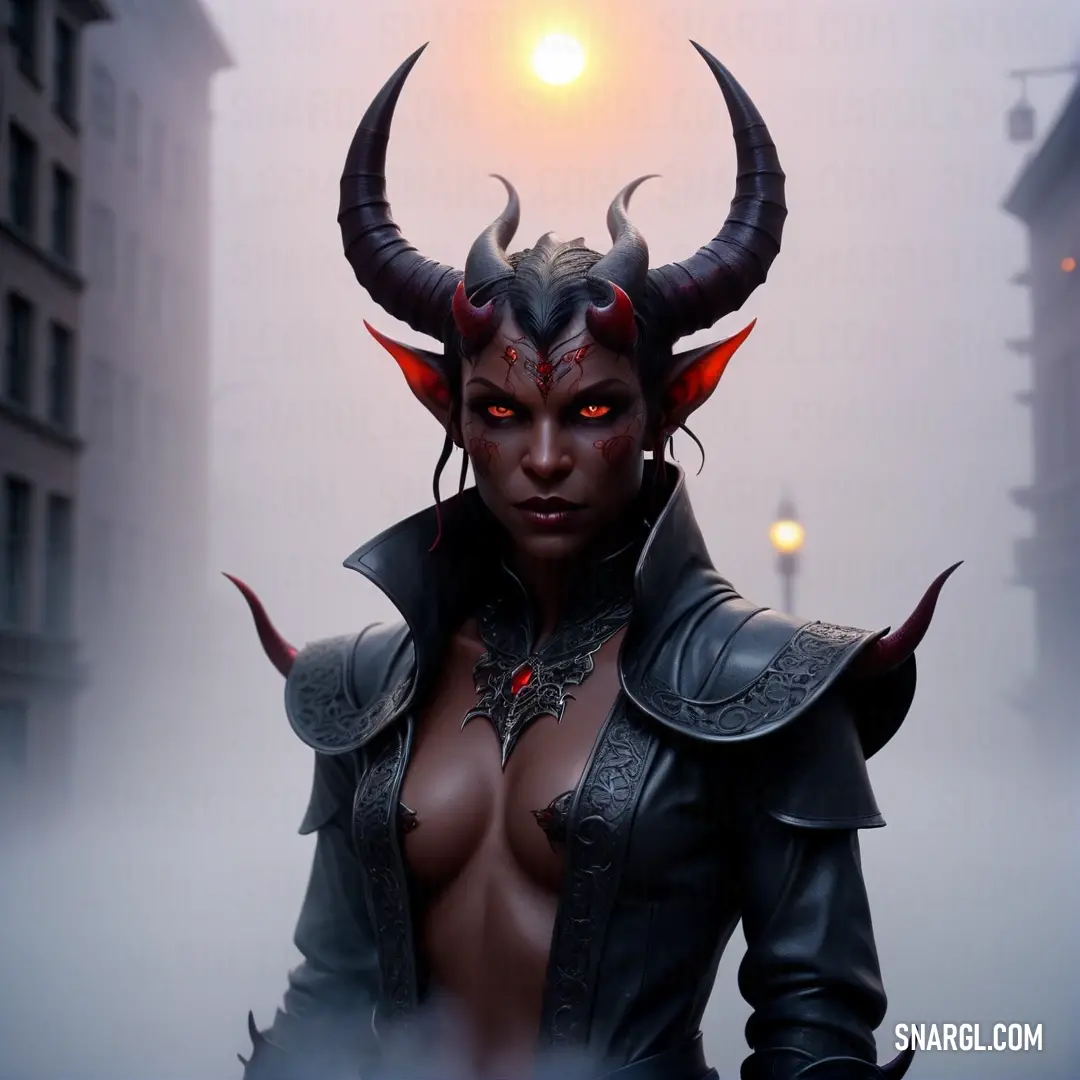
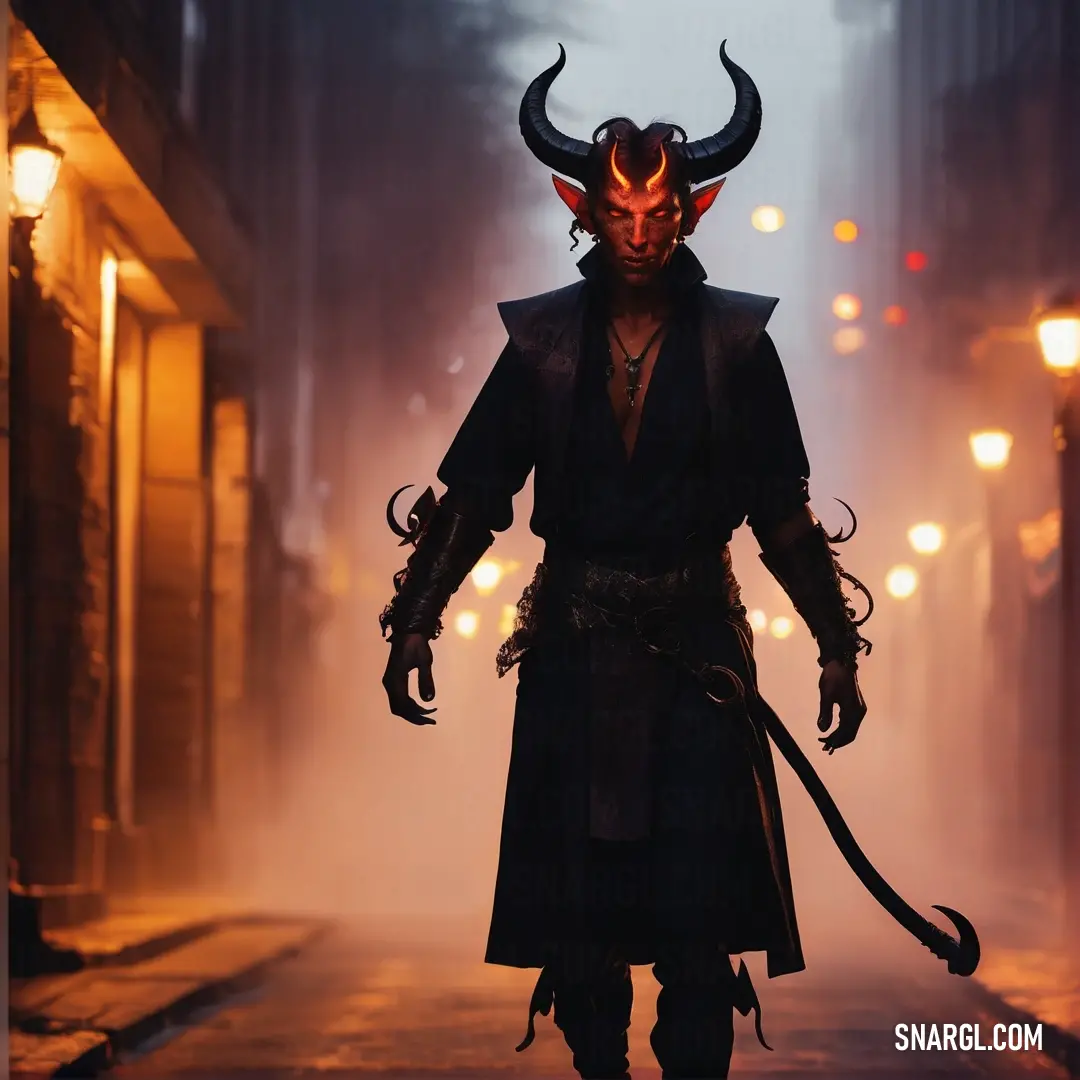
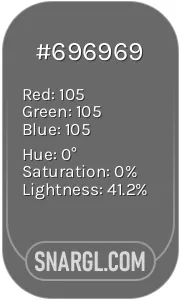 Dim gray
Dim gray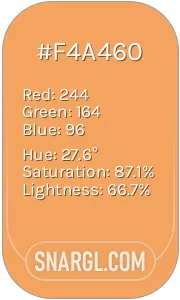 Sandy brown
Sandy brown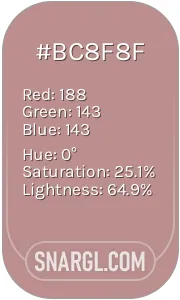 Rosy Brown
Rosy Brown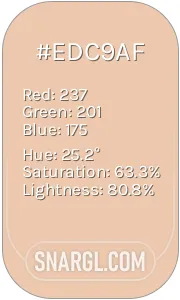 Desert sand
Desert sand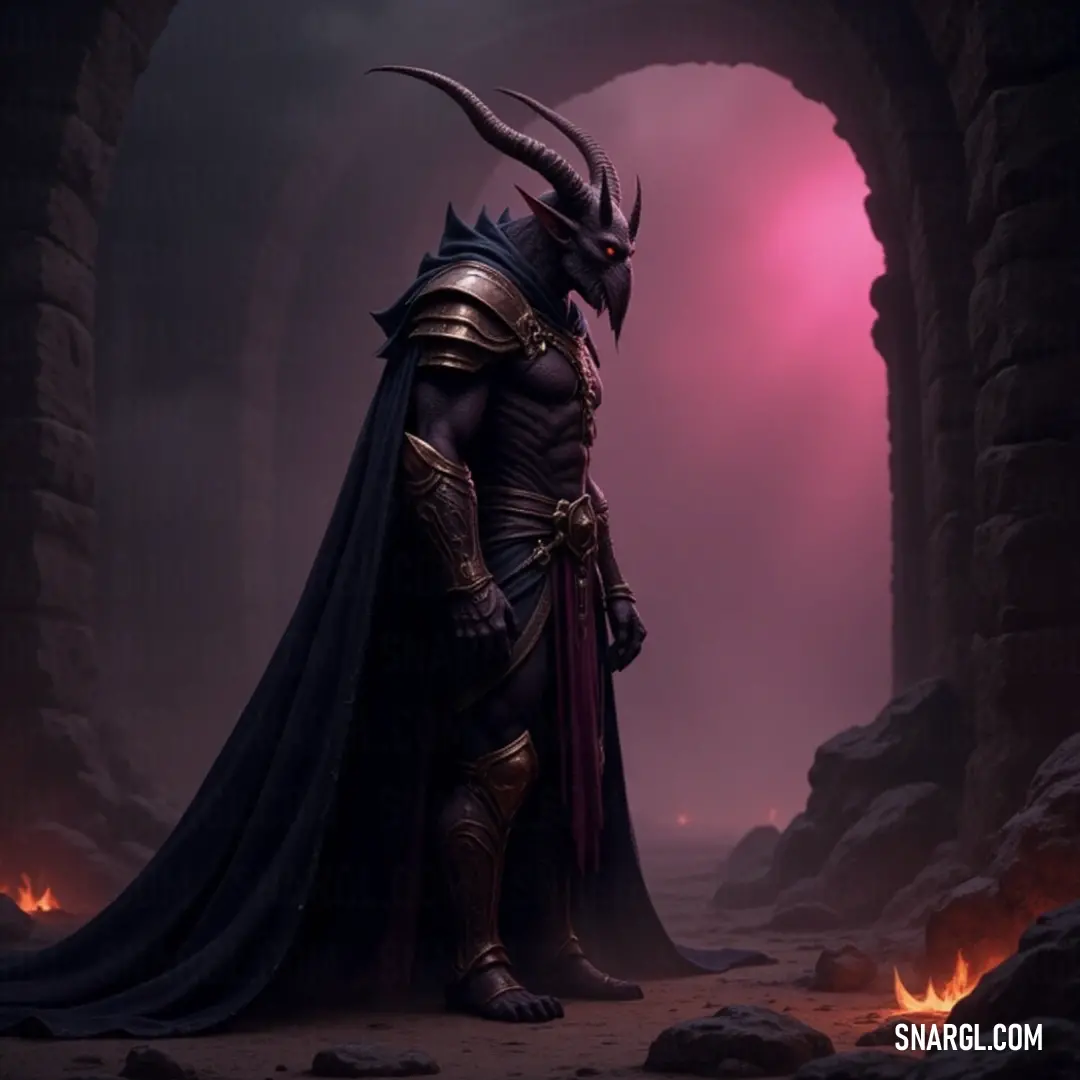
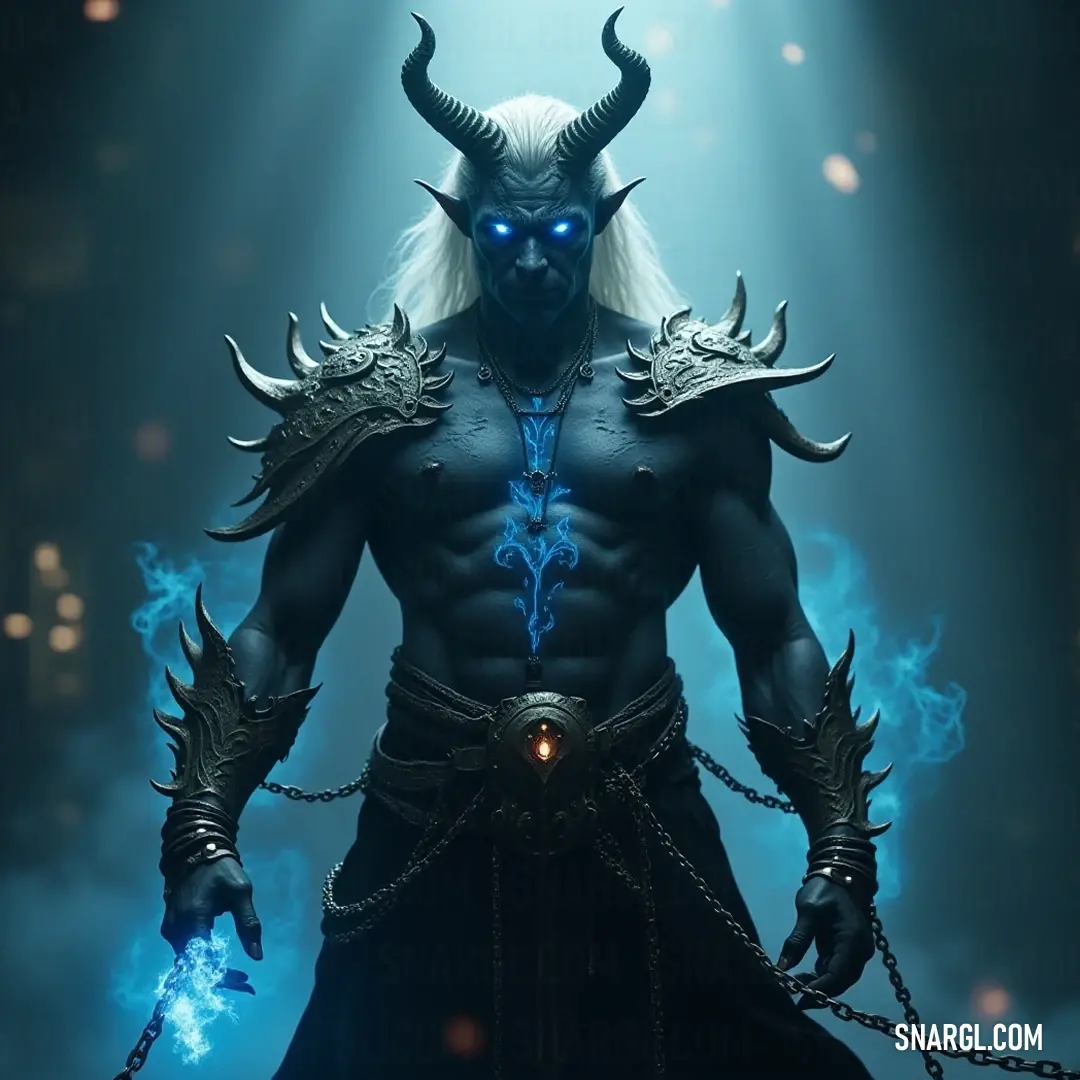
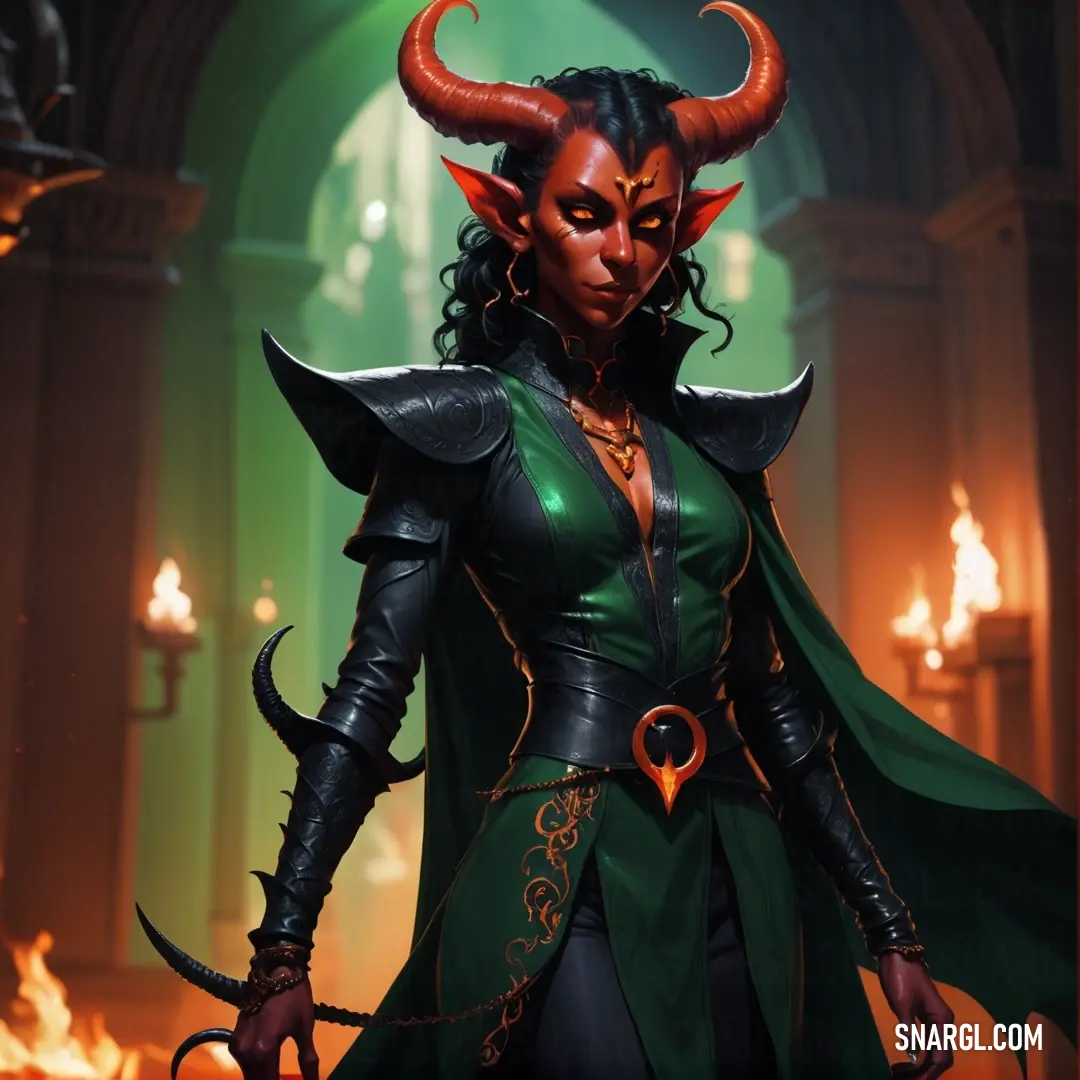
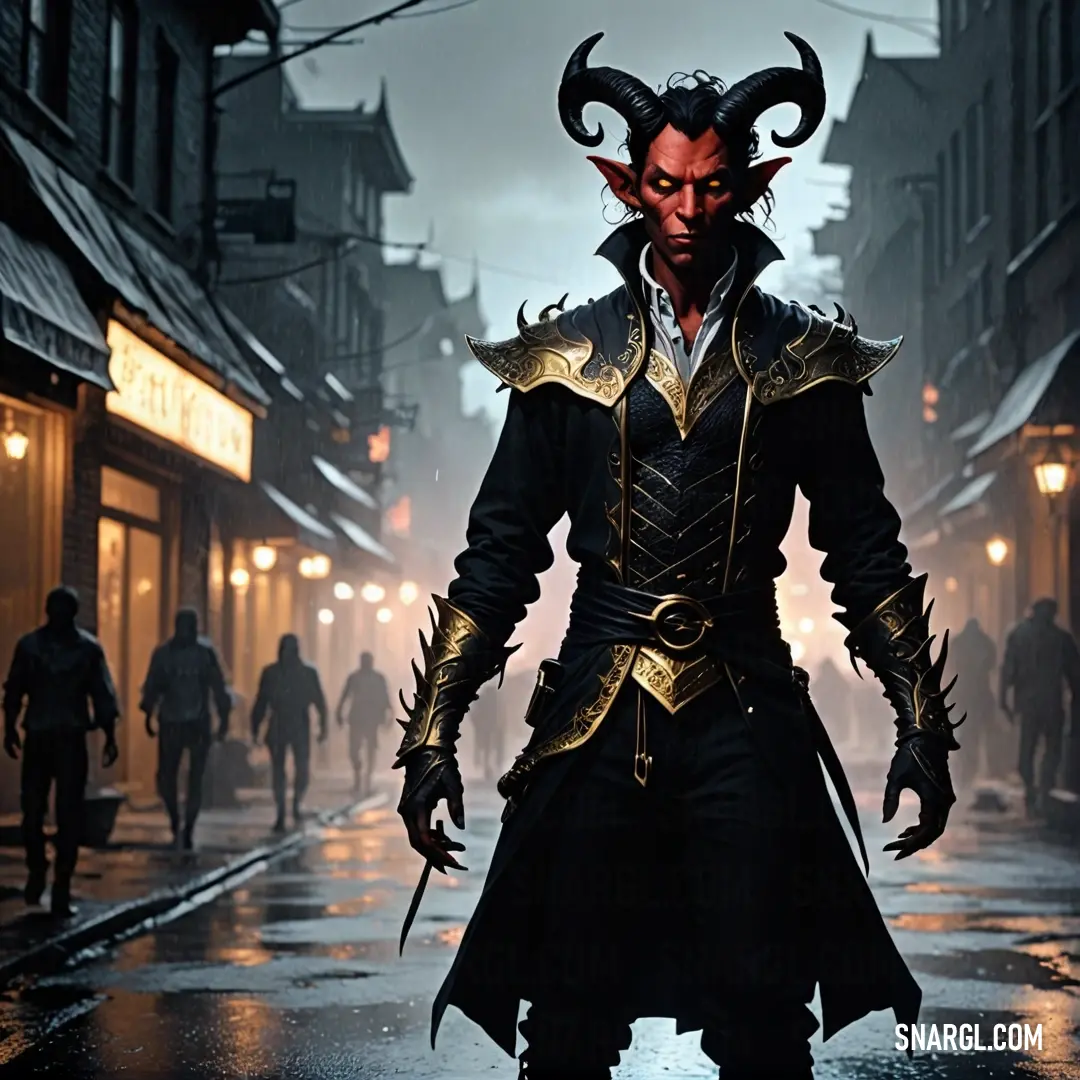
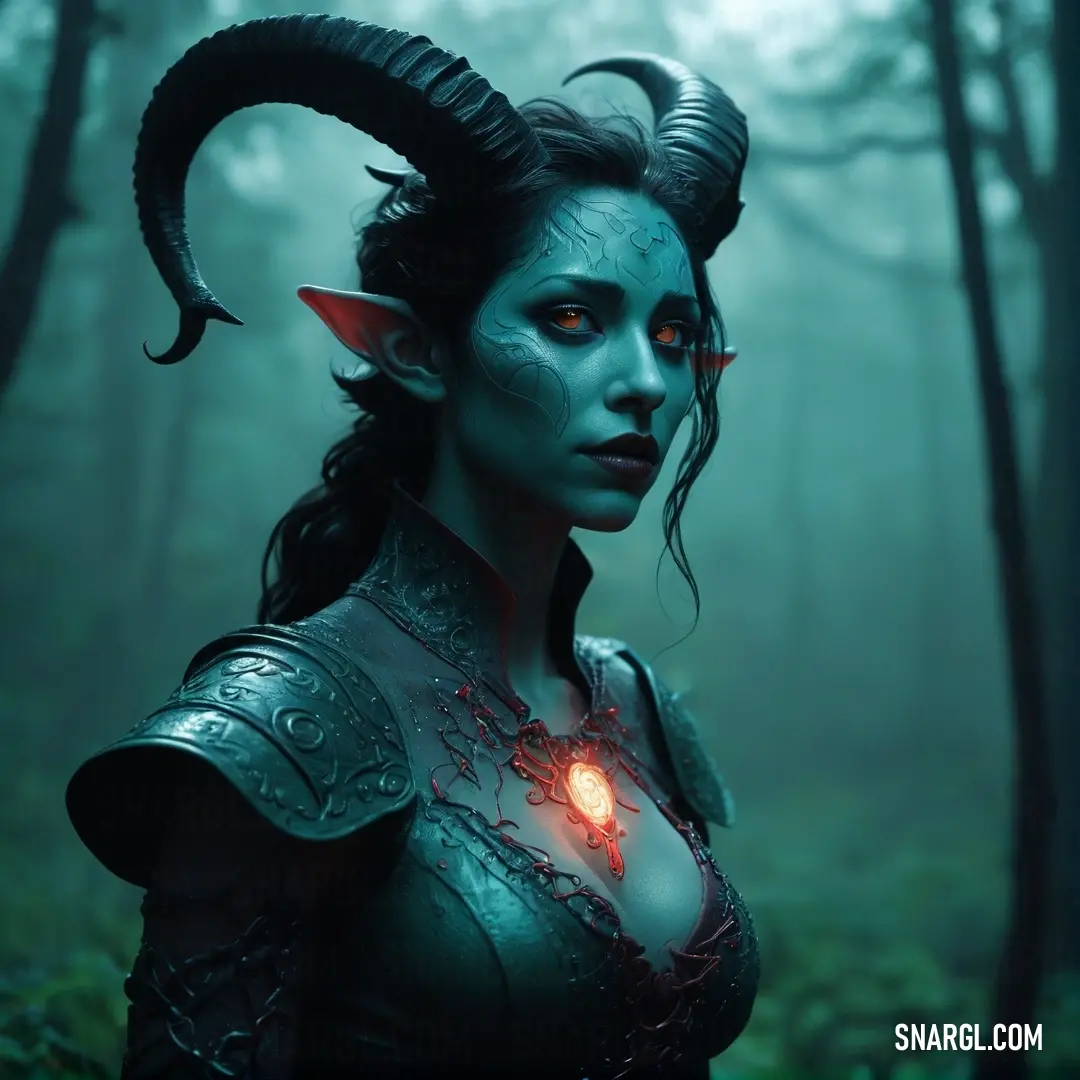
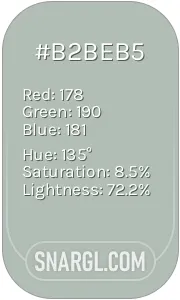 Ash grey
Ash grey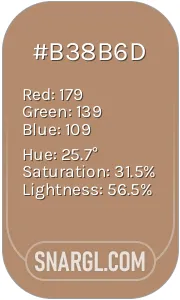 Light taupe
Light taupe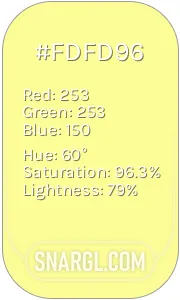 Pastel yellow
Pastel yellow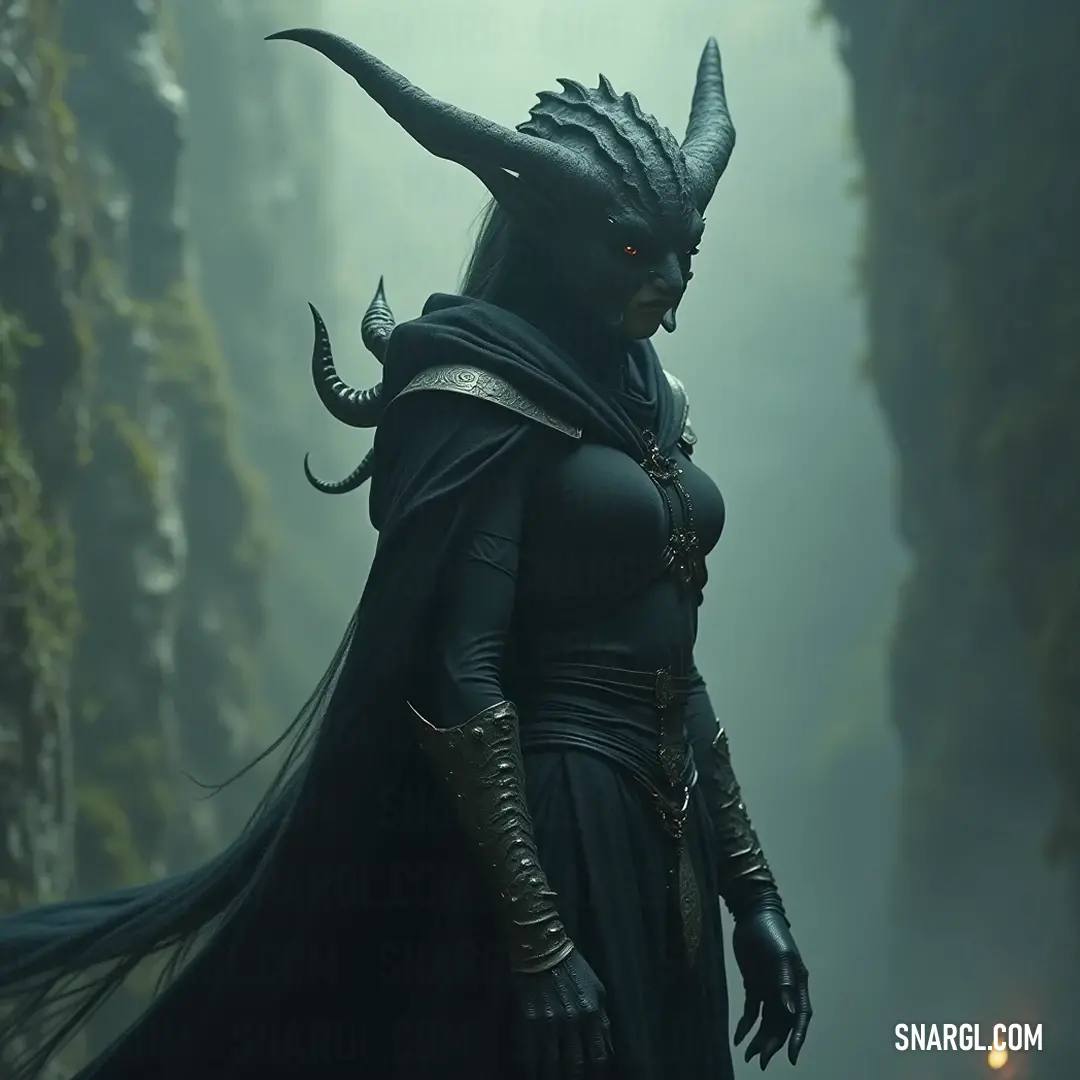
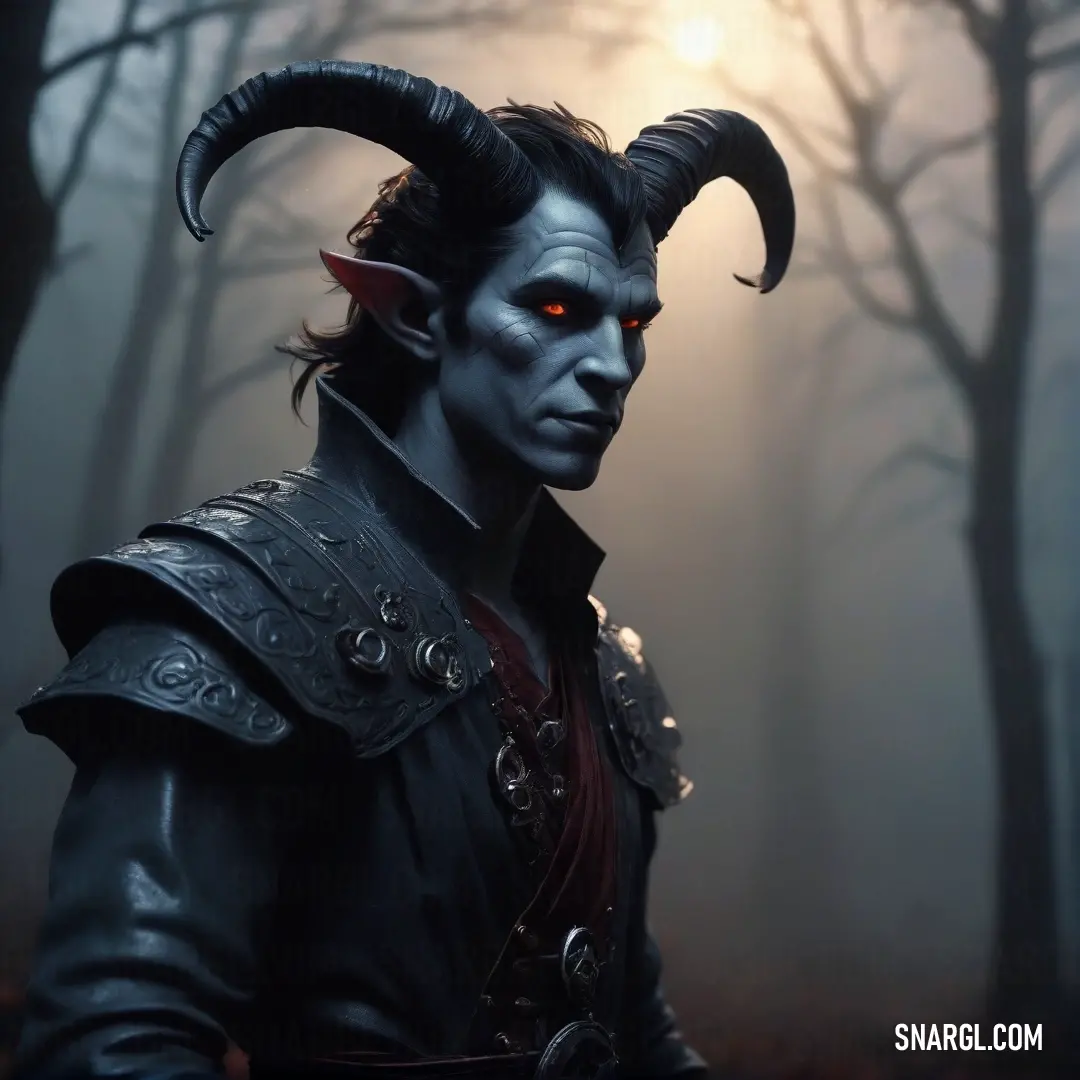
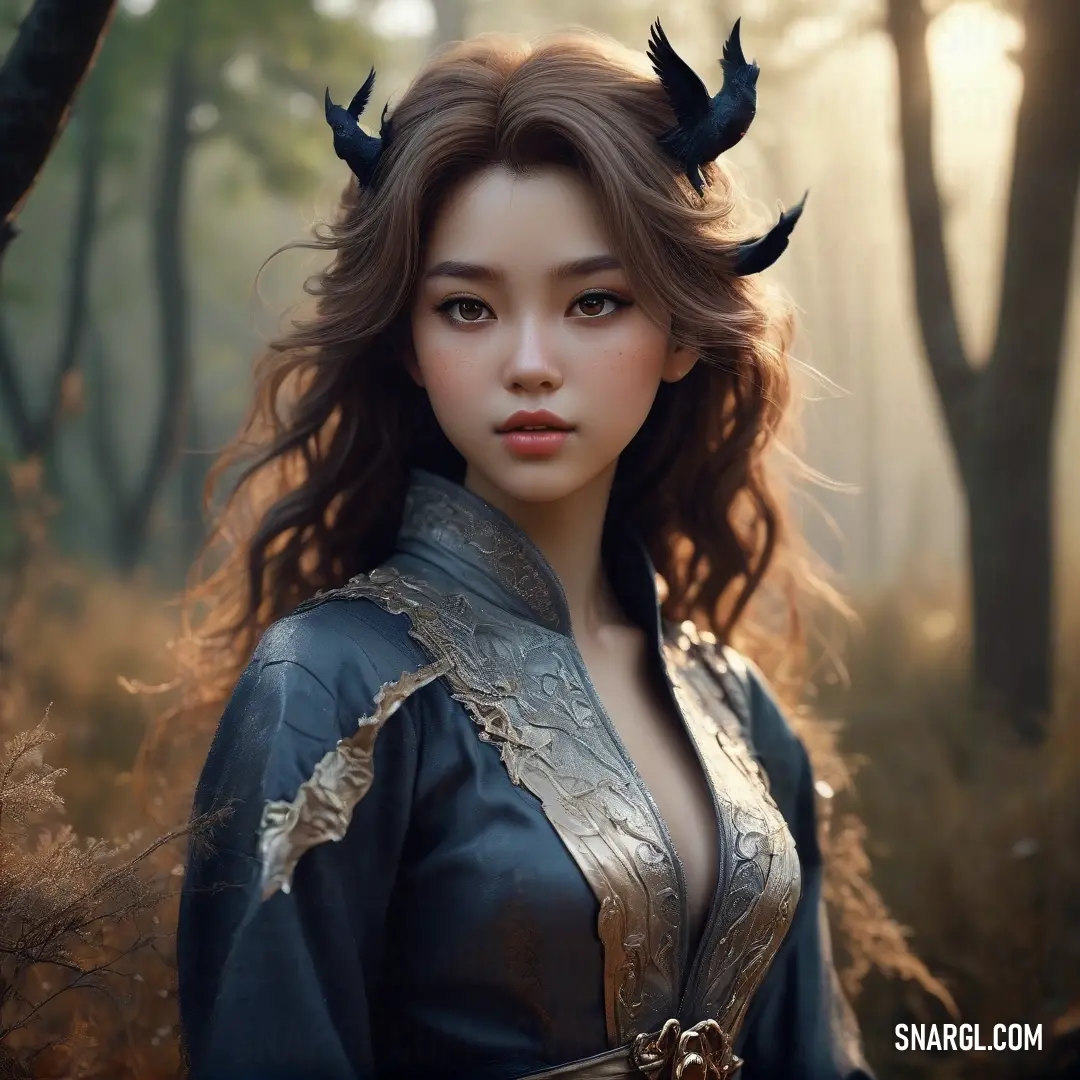
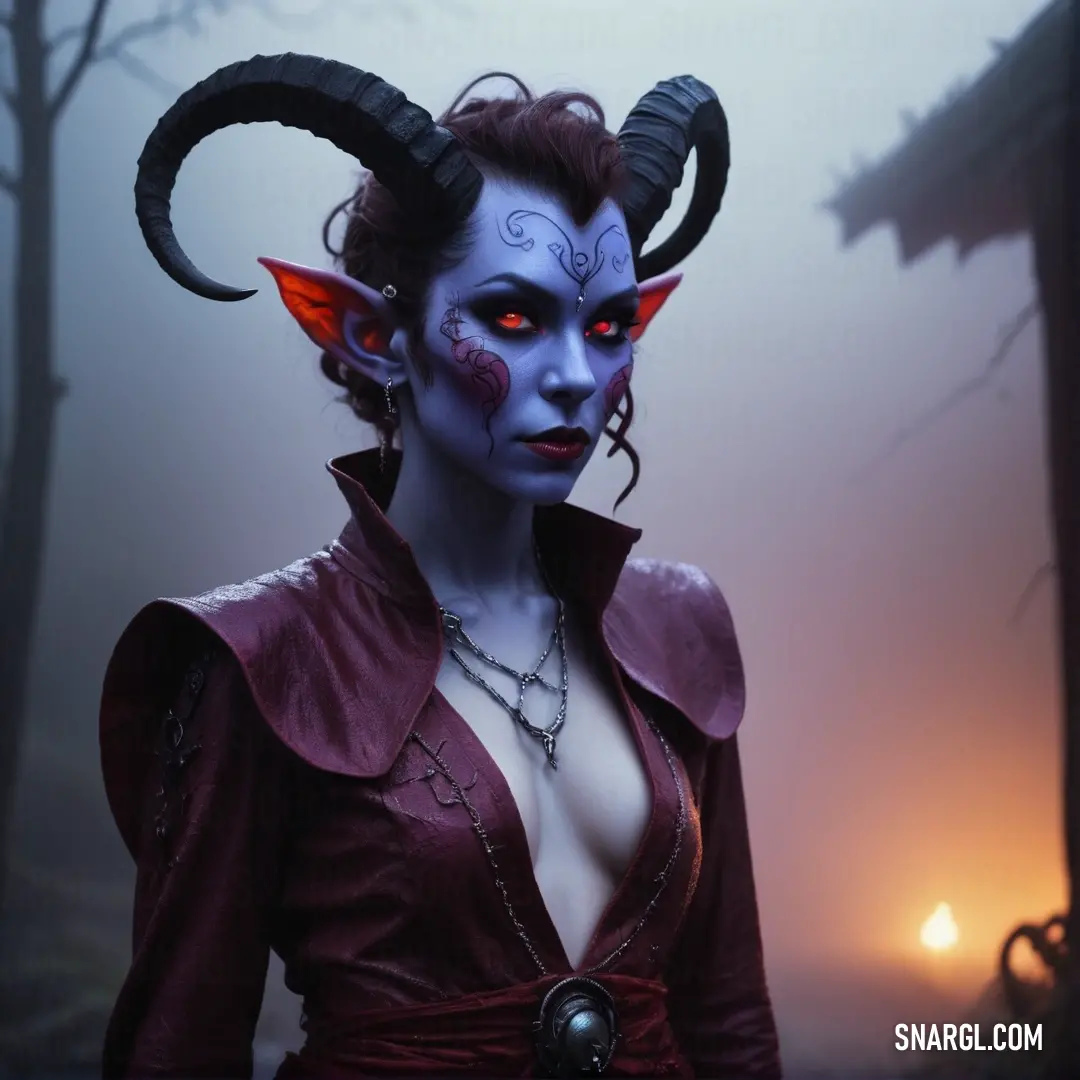

 Brass
Brass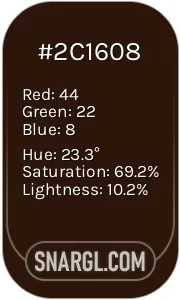 Zinnwaldite
Zinnwaldite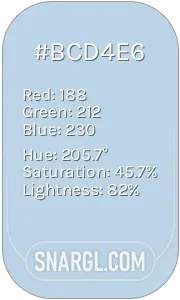 Beau blue
Beau blue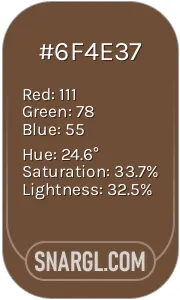 Coffee
Coffee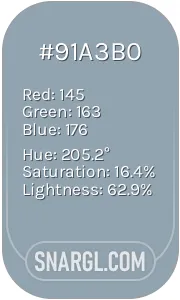 Cadet grey
Cadet grey









































































































